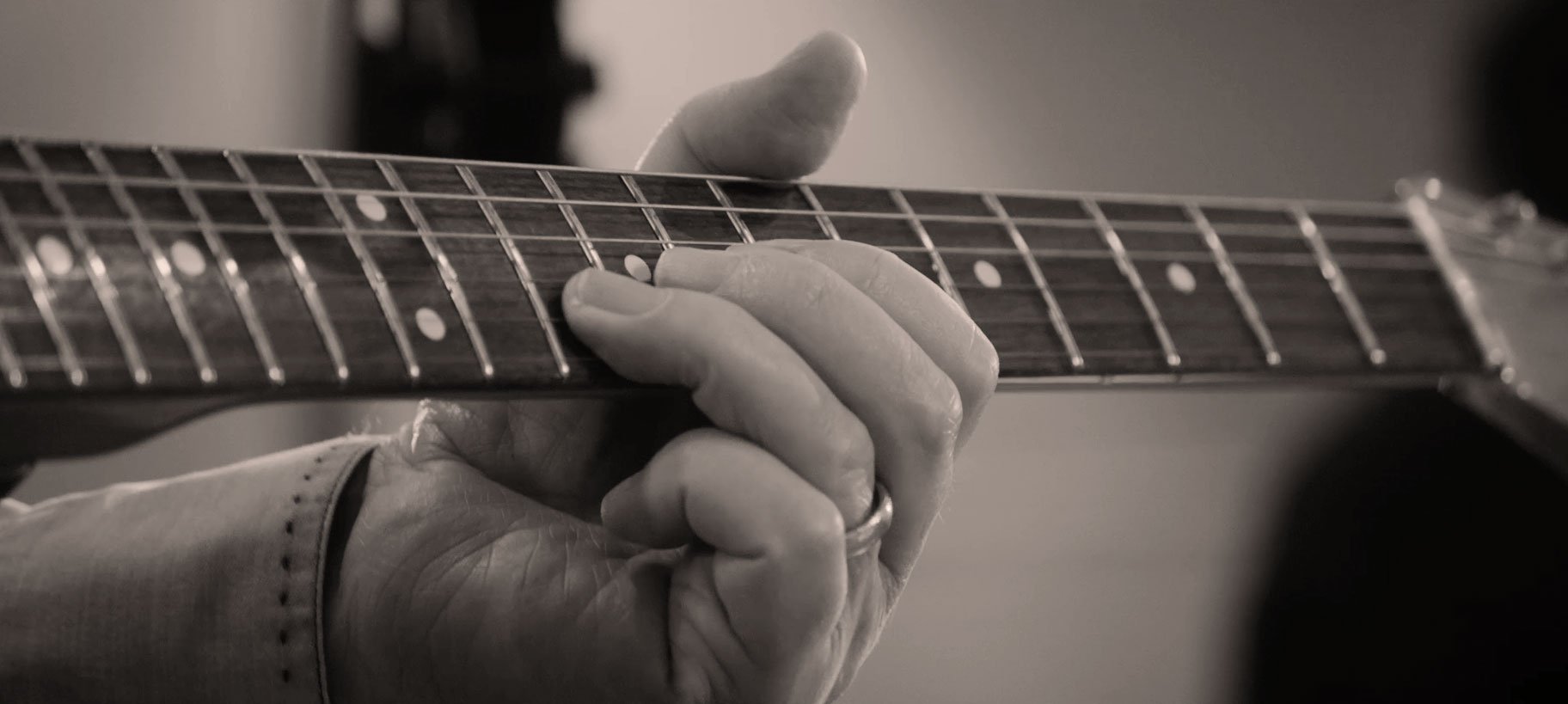
Studio Diary – 2024
Looking back at the making of the One Deep River album, the swift passage of time is all too apparent. So much has happened since December 2020, yes, that’s when this project started. For now let’s stick to matters of music, the people, the recording and the adventures in songs that have shaped our journey.
I left off in diary number three after the band had returned to London for a second sitting, and we cut half a dozen tracks to supplement the initial batch. After Mark and I had been working on the vocals, overdubs, BV’s, and other bits and bobs, Mark realised there were four songs that fell into a particular category in terms of subject matter, but one of them we hadn’t gotten around to recording with the band. Deciding that an EP would be a perfect destination for these songs, Mark asked me to rally the troops once again for yet more British Grove sessions.
This was to be the first time the band had ever assembled to record more material AFTER mixes had been completed for the same project. An inherent advantage of this was the opportunity to unwind and revel in a collective playback session of the fully mixed tracks following one of the recording sessions. This proved to be a surprisingly emotional evening as without the excitement of a tour to look forward to, we relished the fruits of our work.
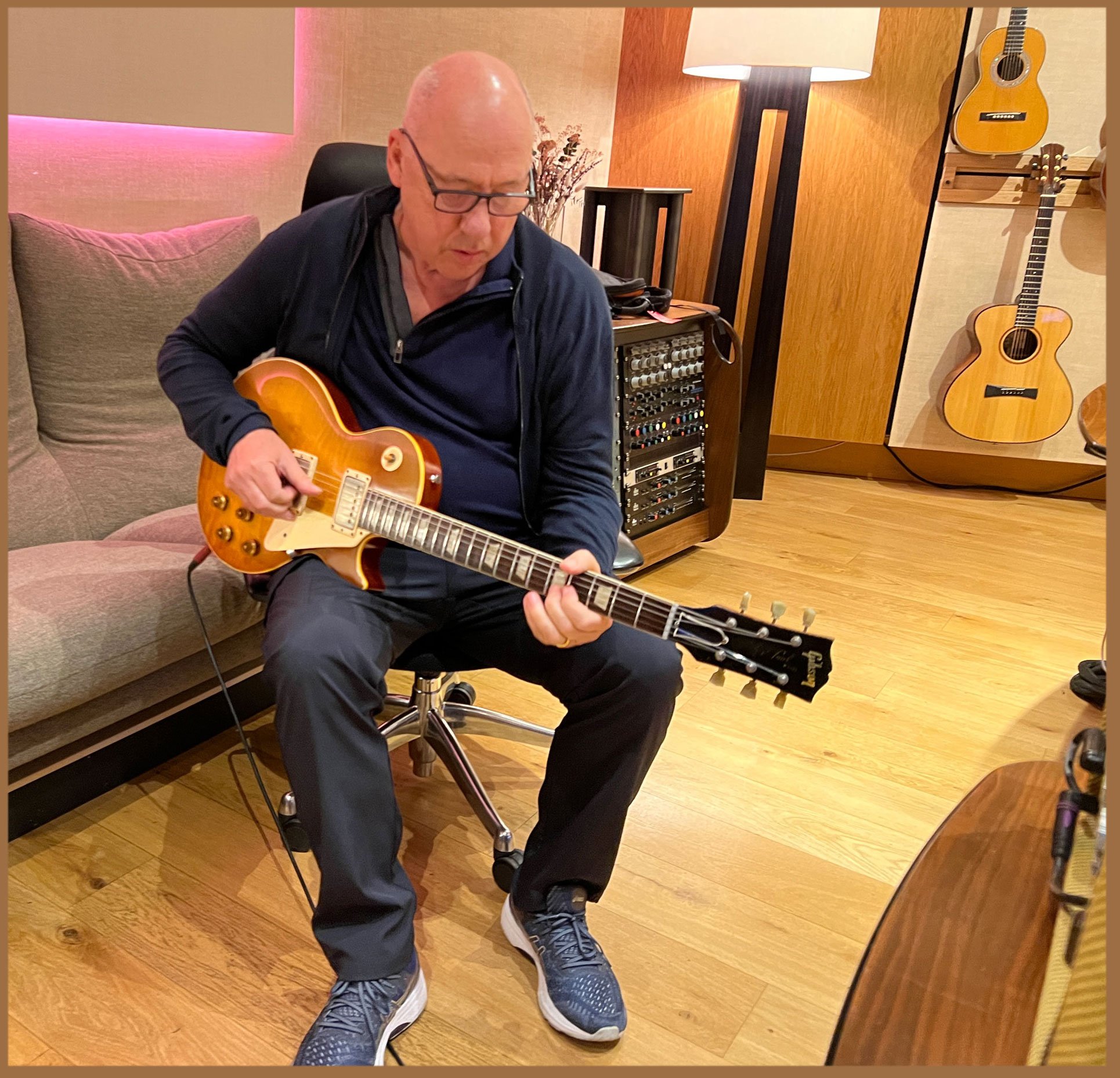
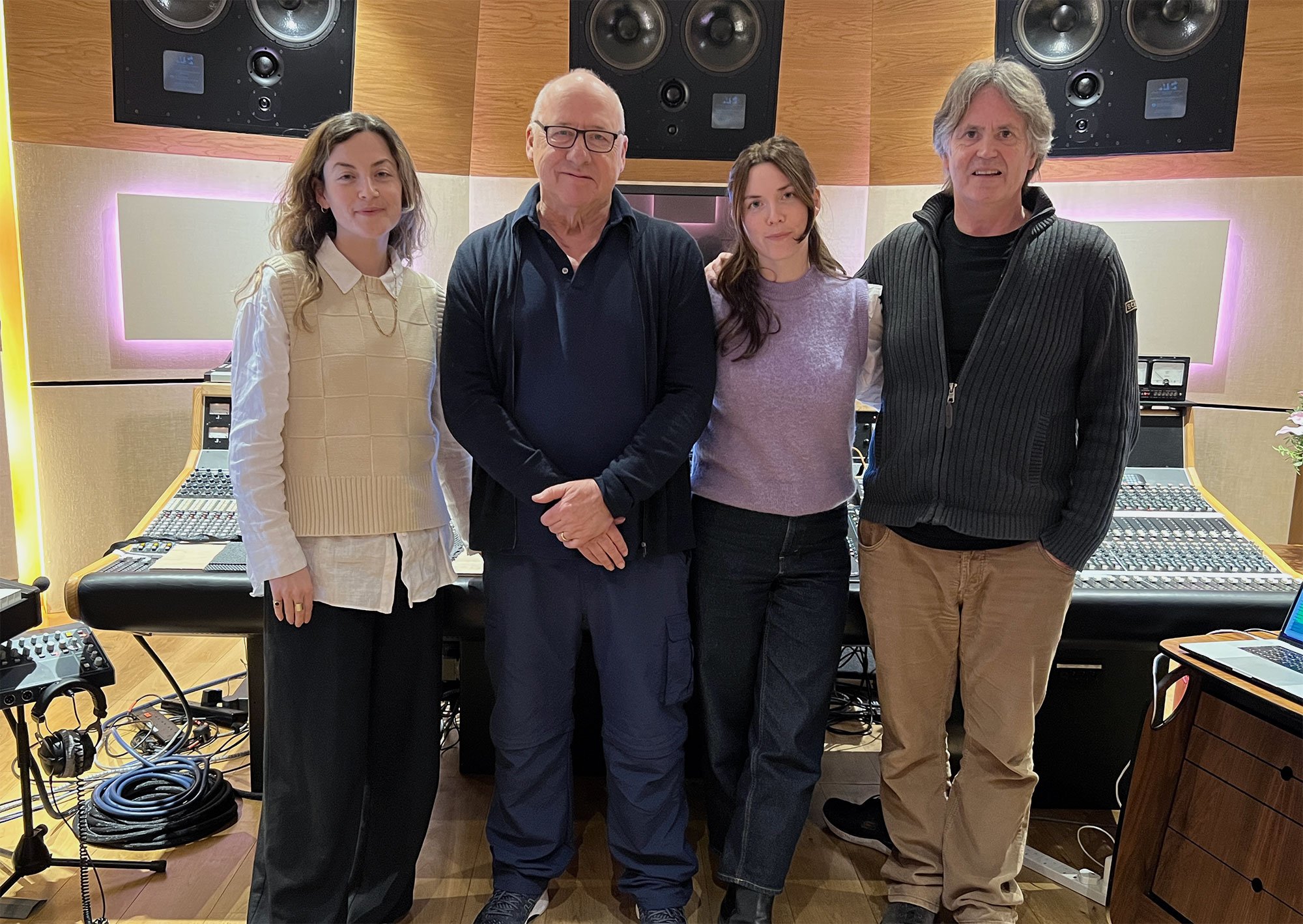
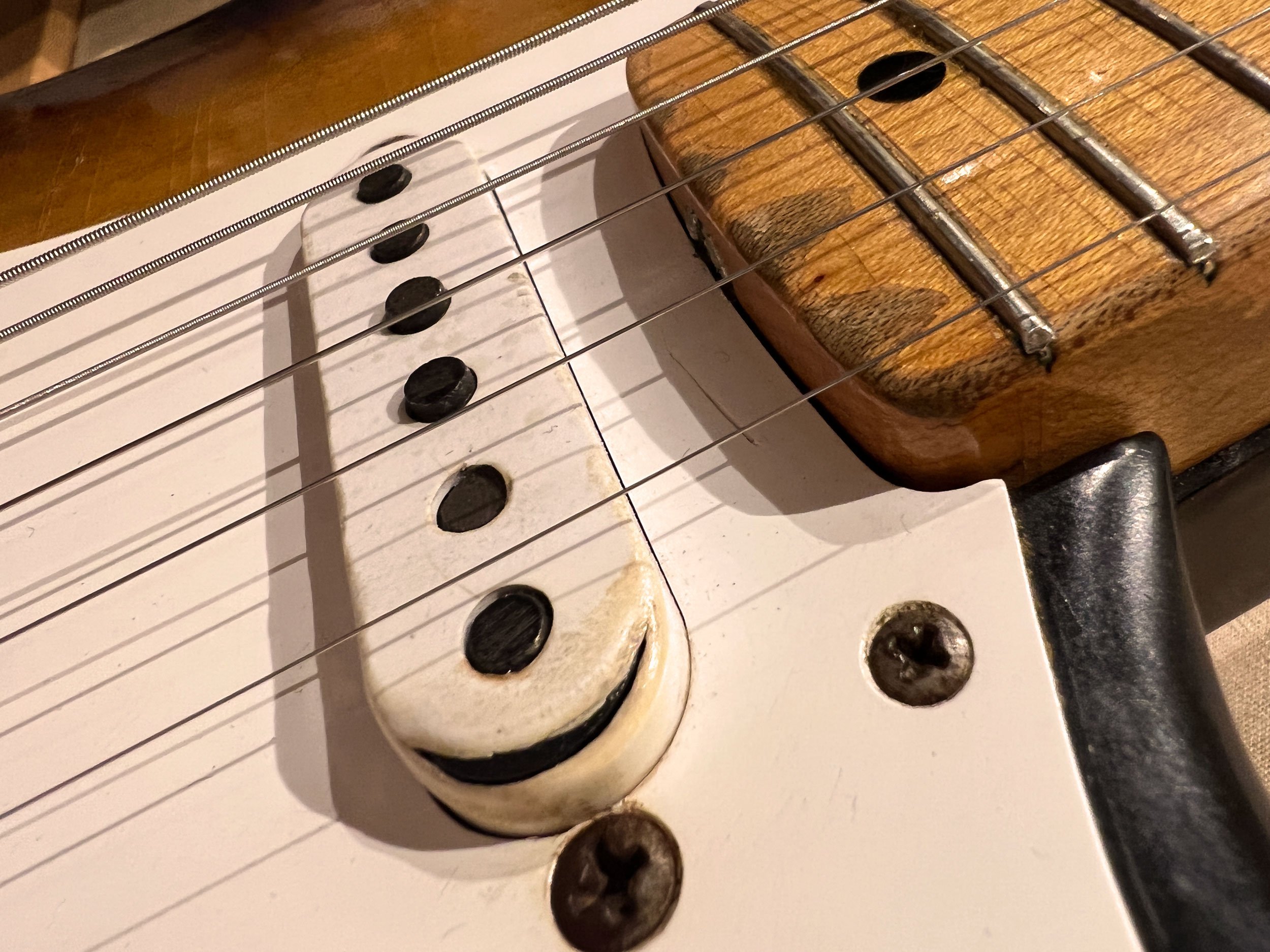
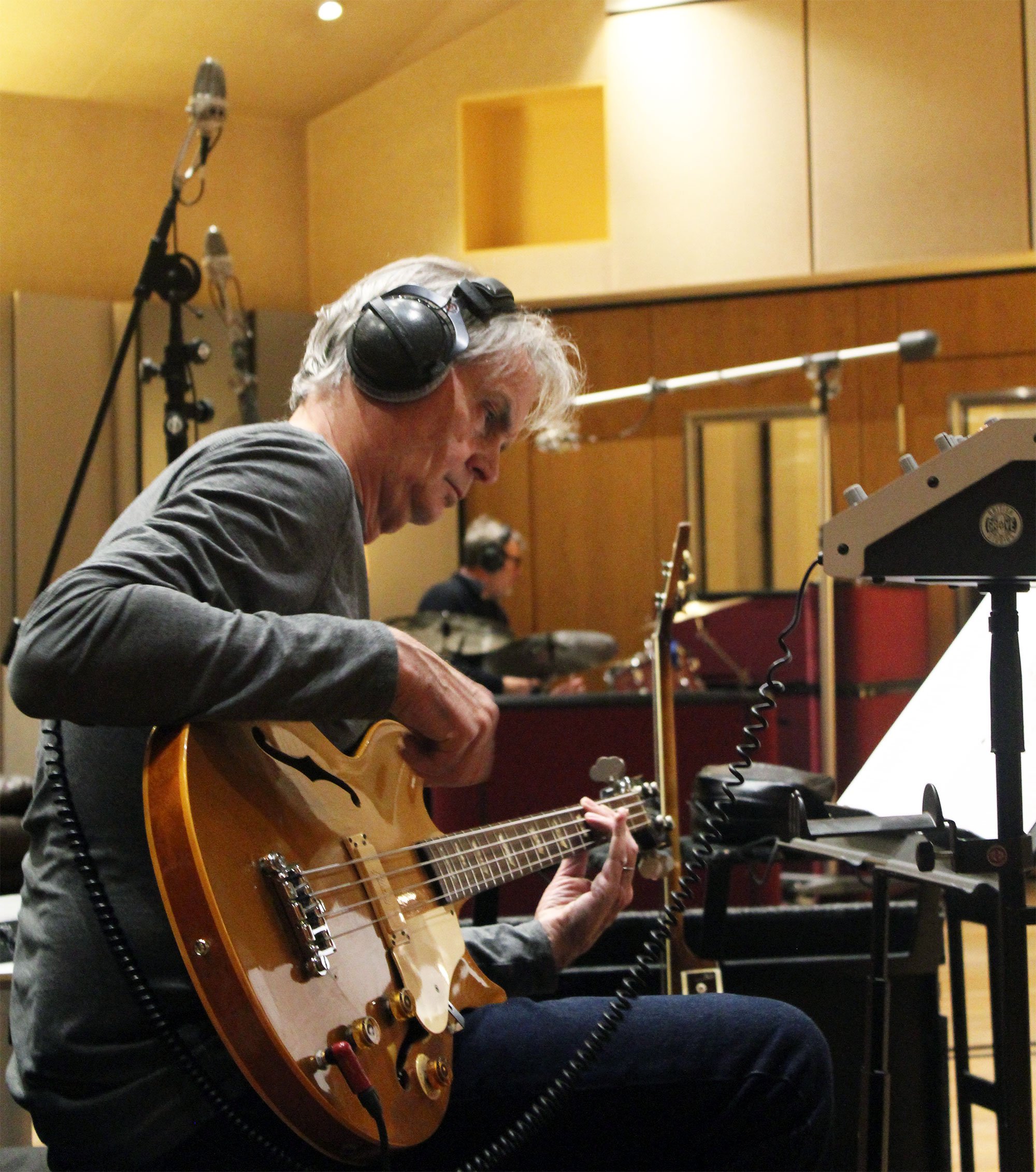
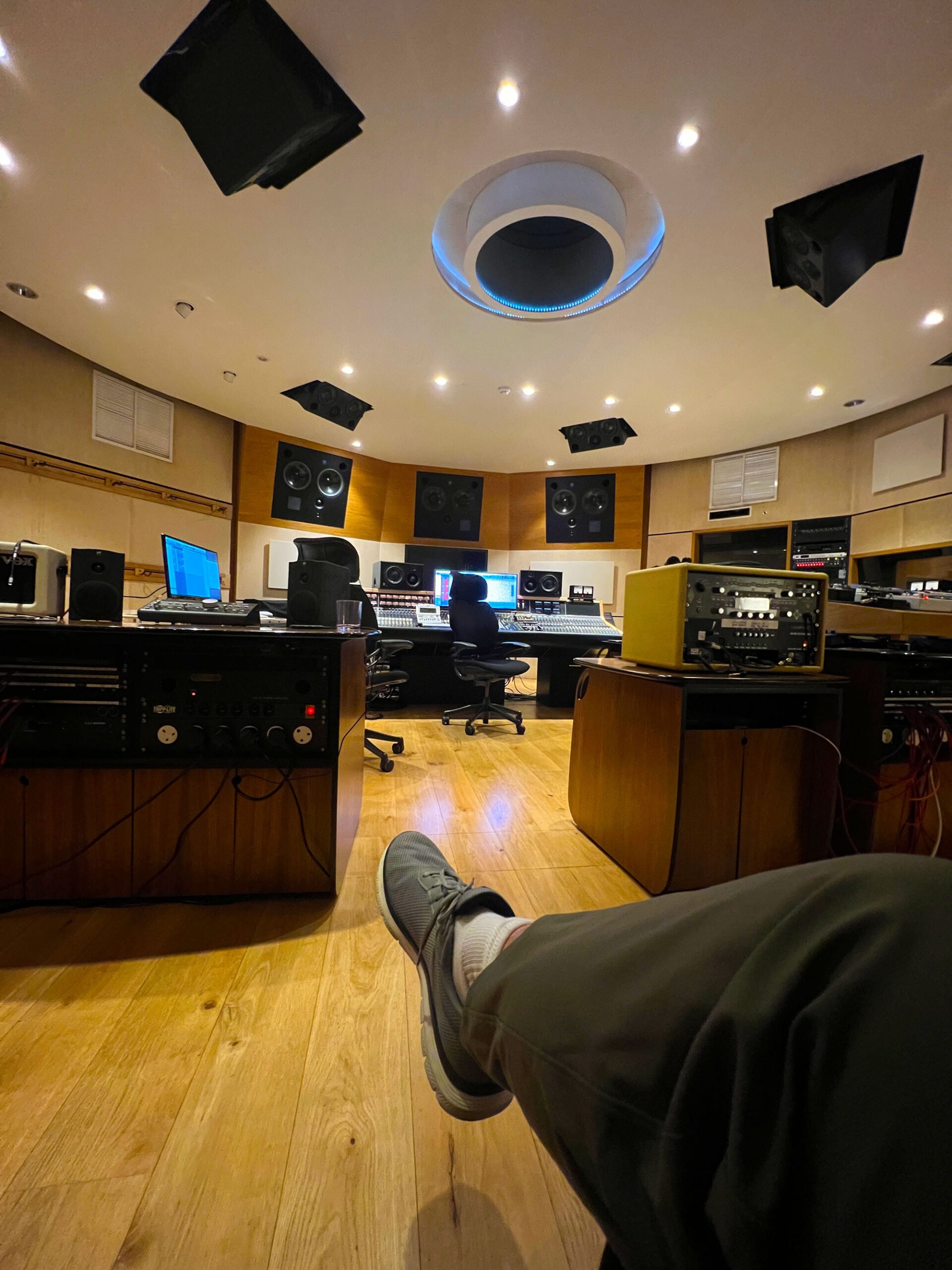
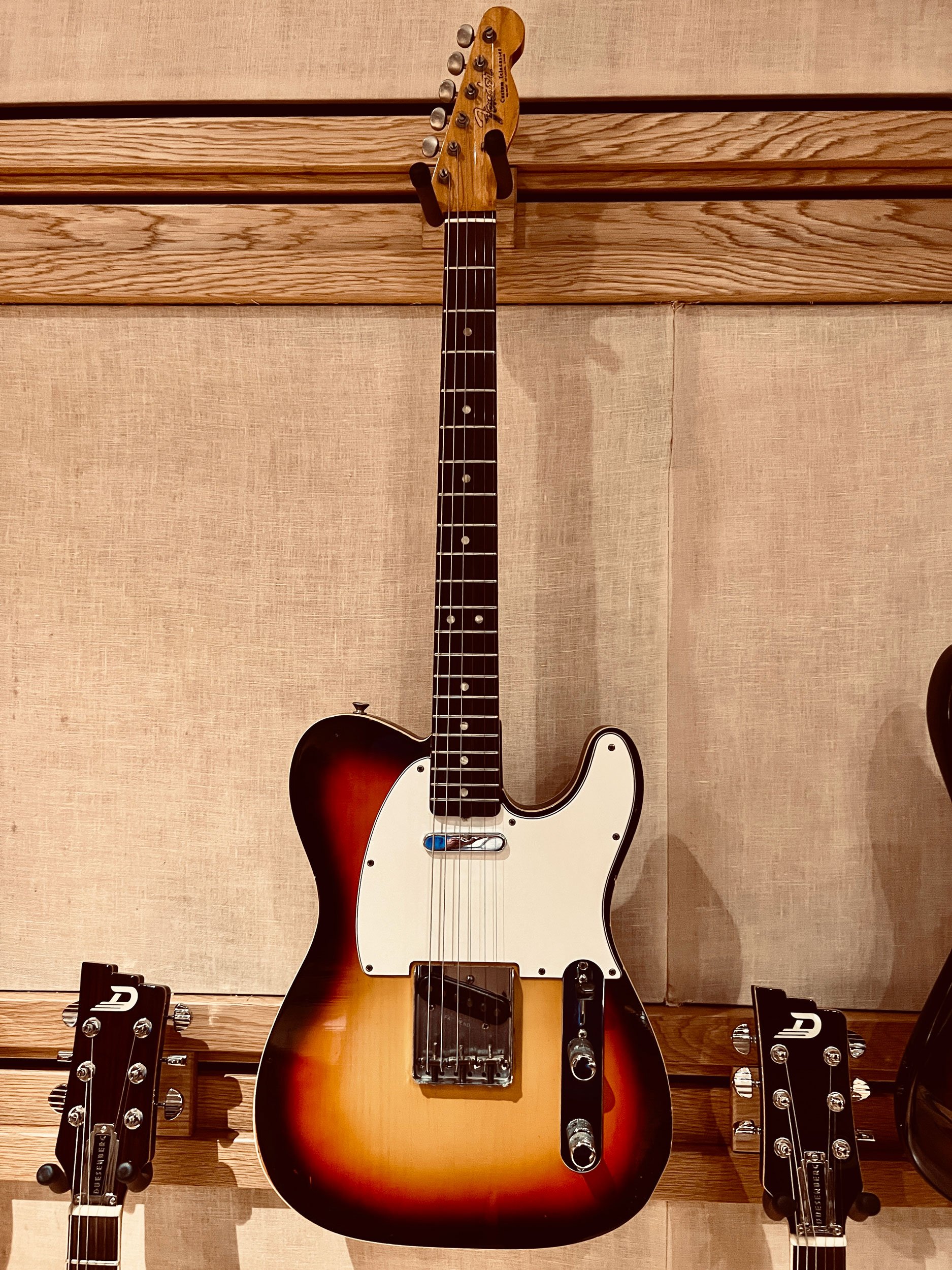
The next day we cut the song which Mark had written a while back to complete a particular segment of the project – a distinctive EP, entitled ‘The Boy’ comprising four songs unified by shared subject matter. Three of the songs on the EP were originally intended for the album but Mark saw a clear theme. It was obvious they should be together. The EP is inspired by Mark’s childhood captivation with the giant funfair held every year on Newcastle Town Moor. The four songs connect themes of the fairgrounds and their boxing booths commonplace in the Britain of the 50s and early 60s.
Such is the proliferation of songs in Mark’s head, a wonder in these modern times, where a good song is about as rare as a perfectly mismatched sock.
One of the running sonic themes through the album has been a particular guitar sound. Mark bought the idea to the table when we started recording ‘Scavengers Yard’. He wanted a rhythm guitar, almost a loop but with an electric/acoustic/lo-fi feel. We achieved this by recording Mark on his Gibson 330 in the control room going into a Fender Vibrolux but also with a U67 about 18” from the pickups of the guitar. There was a two bar segment which had a beautiful ring to it so I looped that and the track was literally built round it. This sound can also be heard on ‘Two Pairs Of Hands’.
As with all band recordings since Tracker, the rhythm section have cut live with Ianto on drums and Danny on percussion. We have found that this approach actually frees up space with the drums tending to err towards minimalist. By cutting with percussion we can actually see more clearly the potential for the song. Also we benefit from the unmistakable Ianto/Danny groove that happens when they unite. The tracking sessions are complemented by Glenn, Richard, Jim, Greg and myself with Mark sometimes cutting with us and sometimes he’ll be in the control room if we’re tracking to a song already pre-developed by Mark and I in Studio 2 in the prior months.
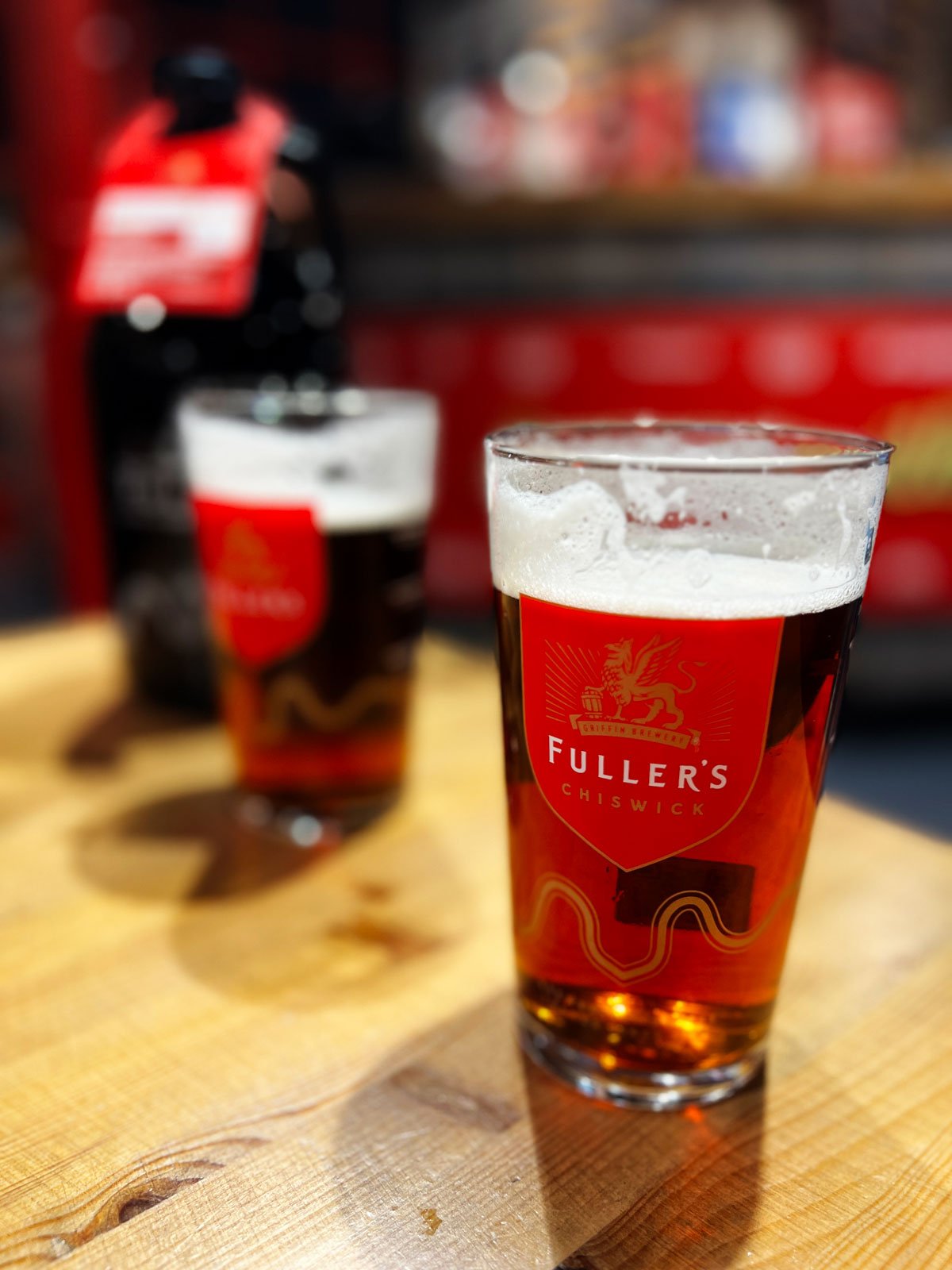
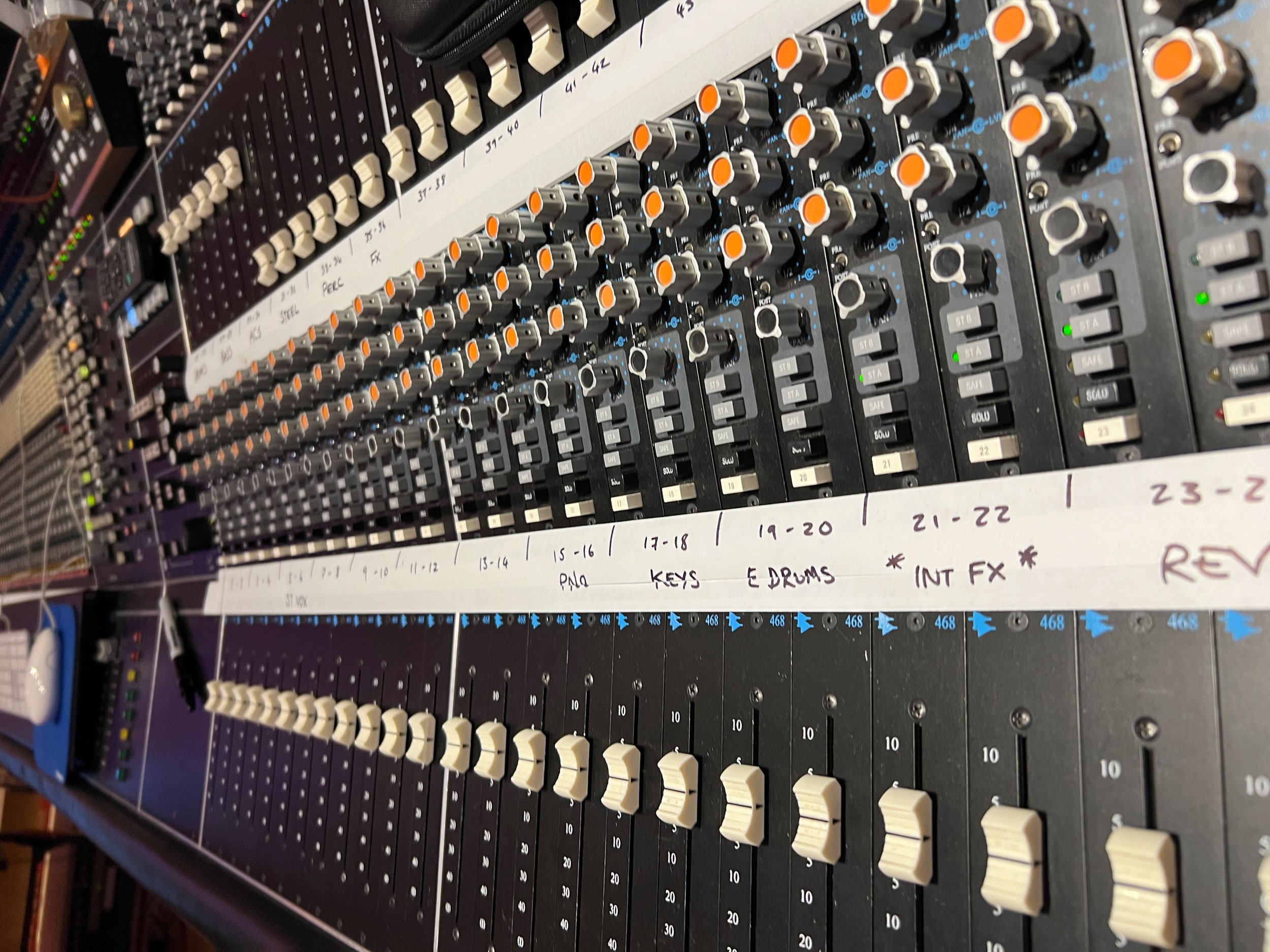
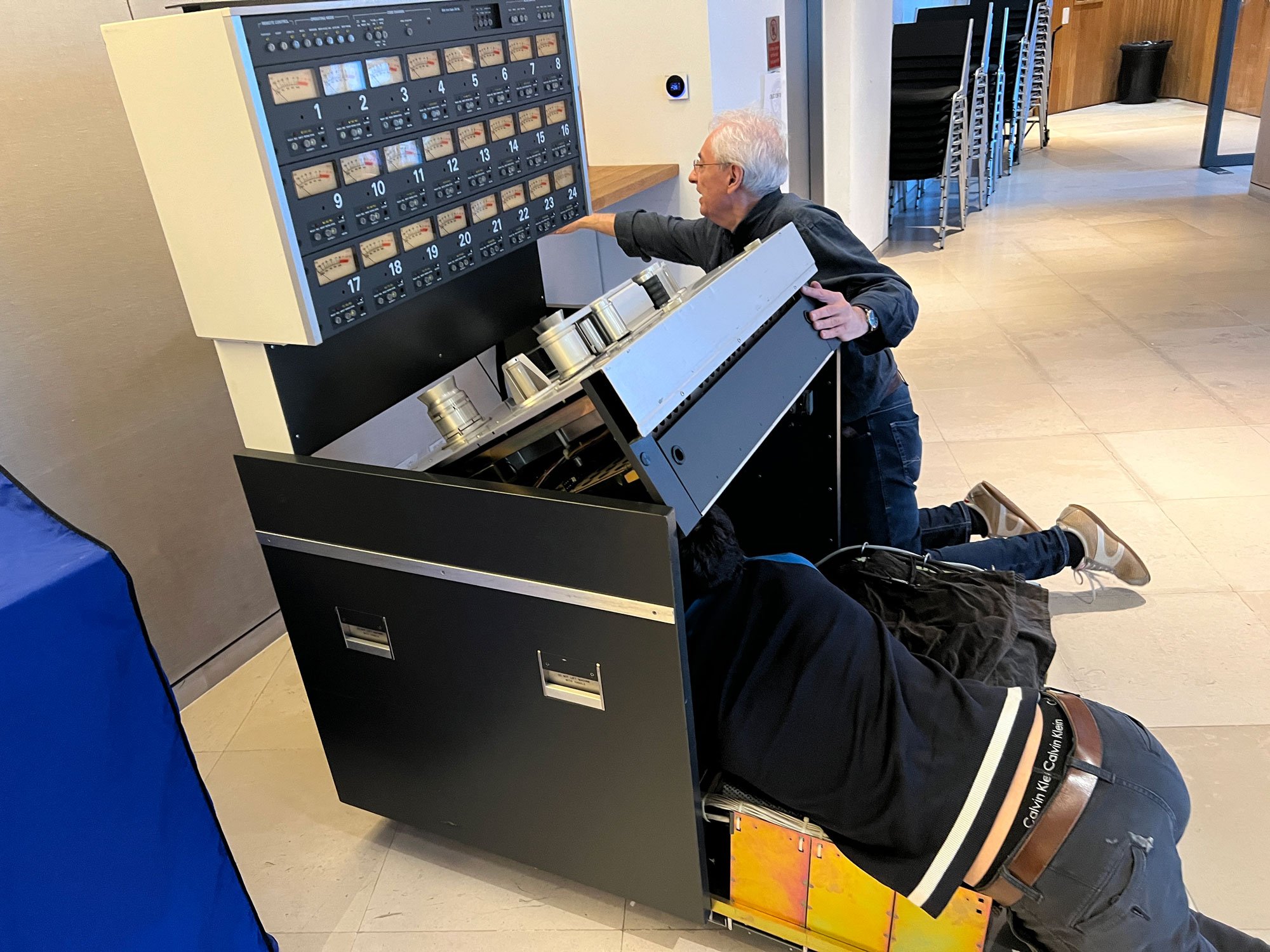
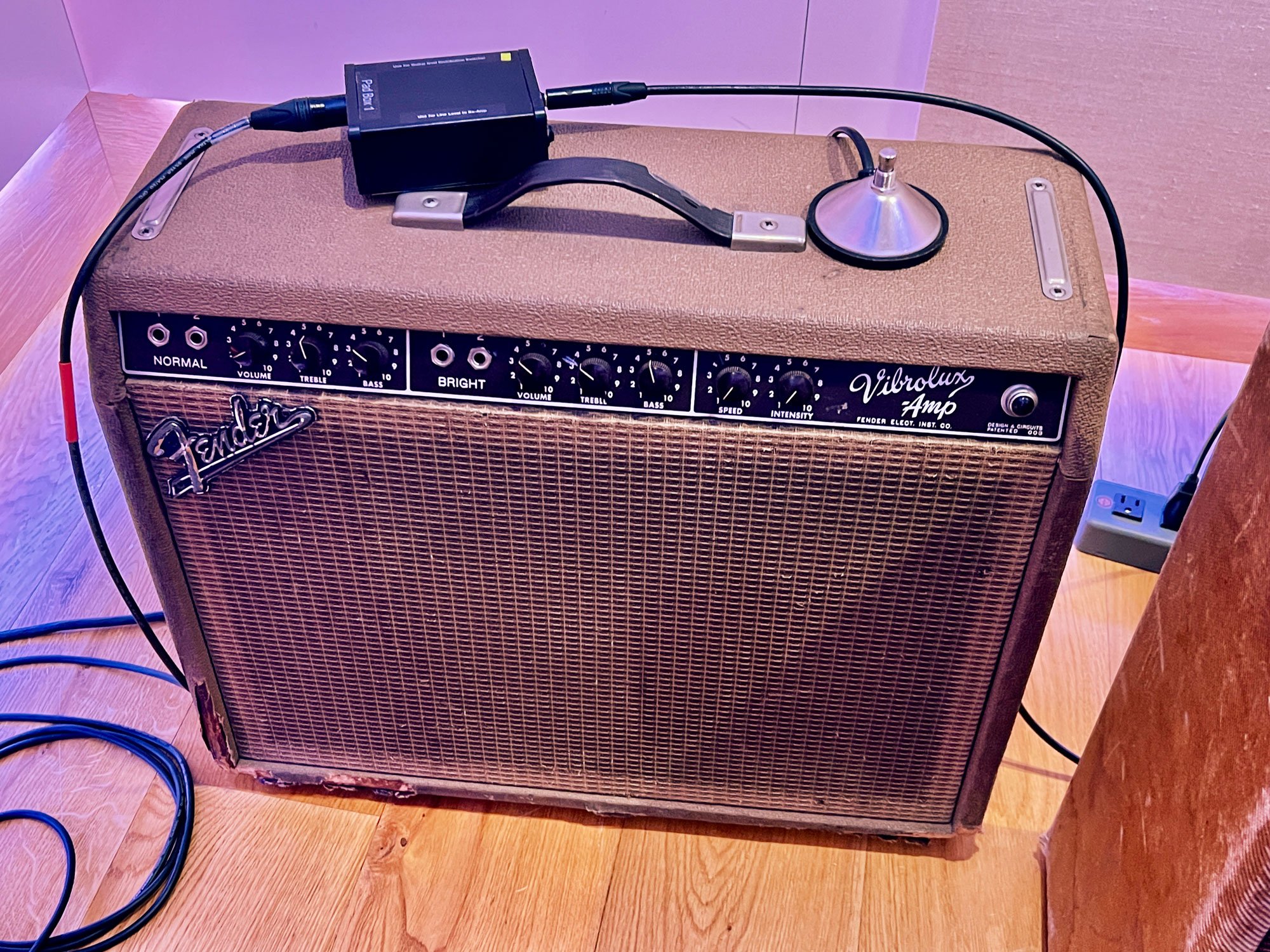
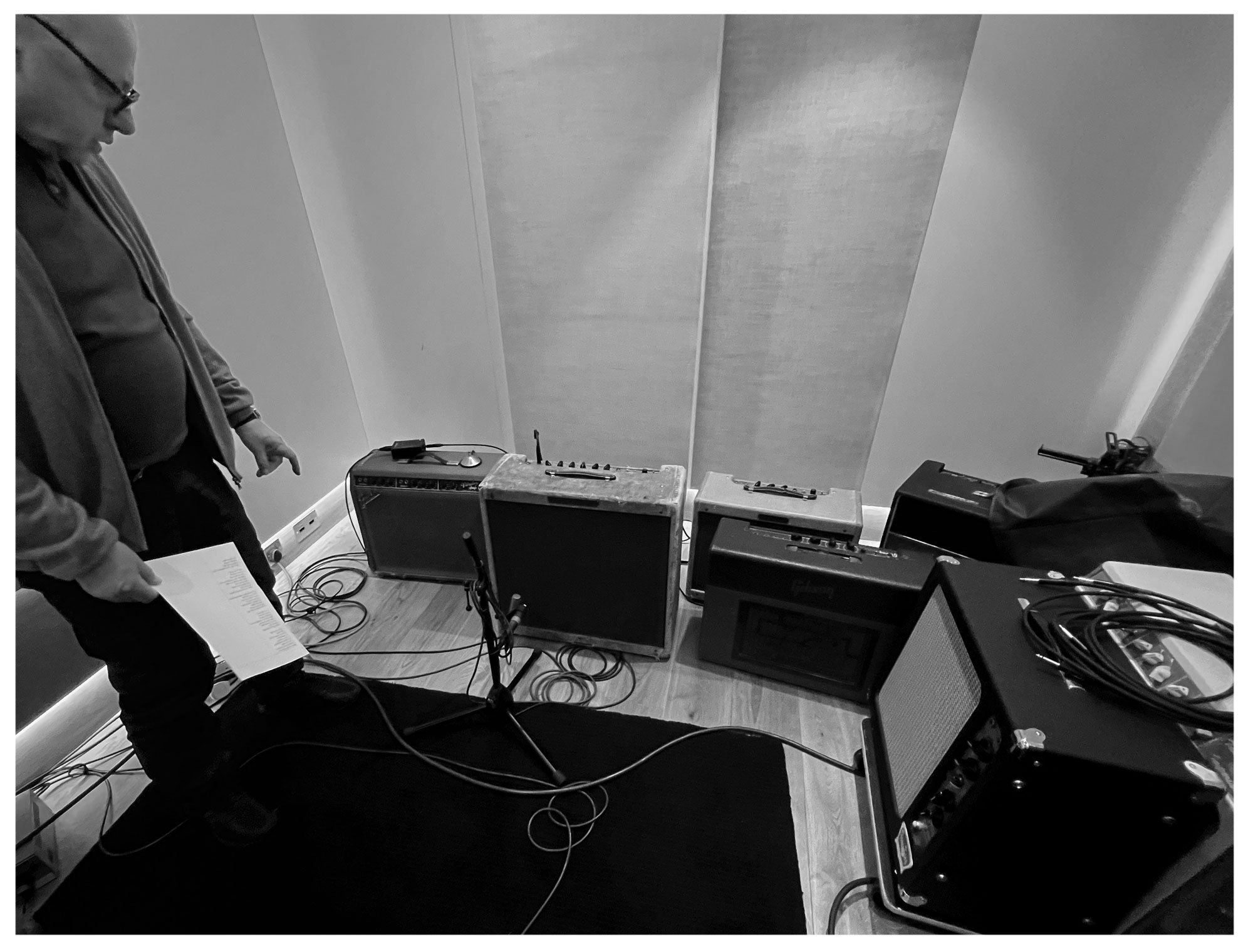
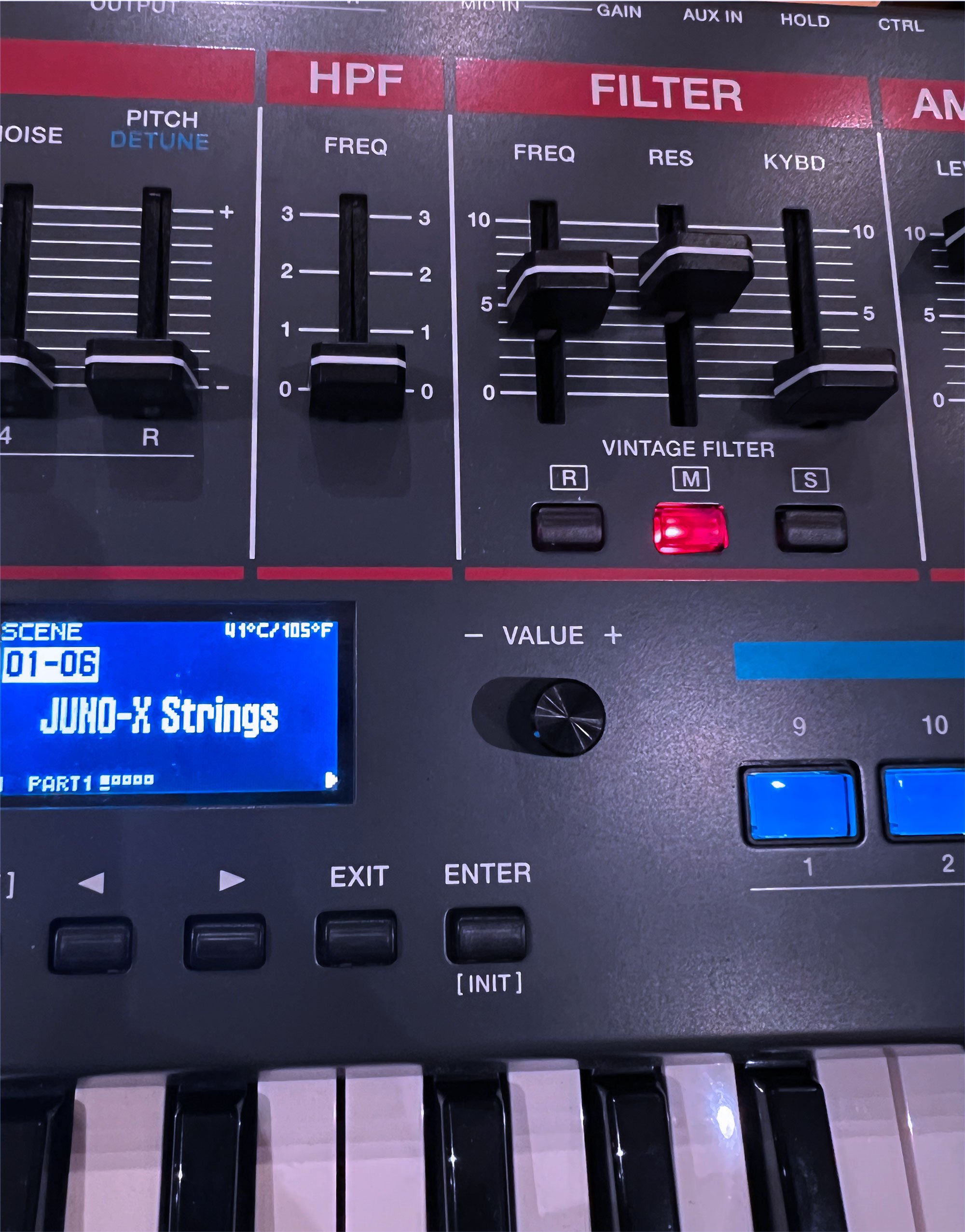
Our latest addition to the band line-up, Greg Leisz couldn’t be with us on these latest sessions so I set up a remote session where Greg could play on the latest cuts from Southern California, from Jackson Browne’s studio to be more precise. Jackson popped in and paid us a visit on the session.
Now here’s a rare sight (below, centre). TWO Fairchild 670’s. We decided to compare these mighty beasts in a blind test. British Grove enjoys the luxury of a Fairchild compressor in each studio but rarely are they seen together. The result was that they sound astonishingly similar considering the number of valves in each and that equipment of an age often varies greatly.
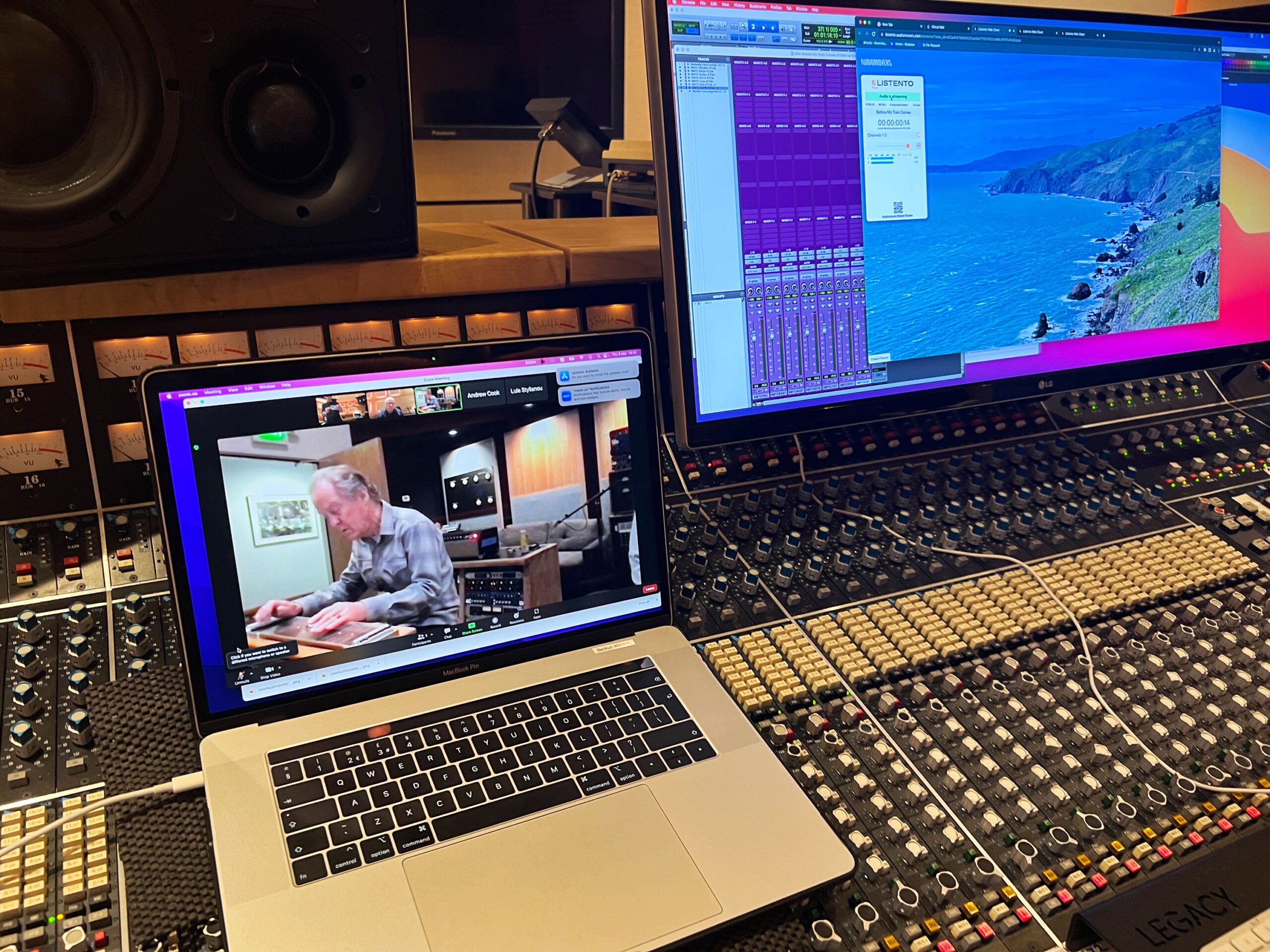
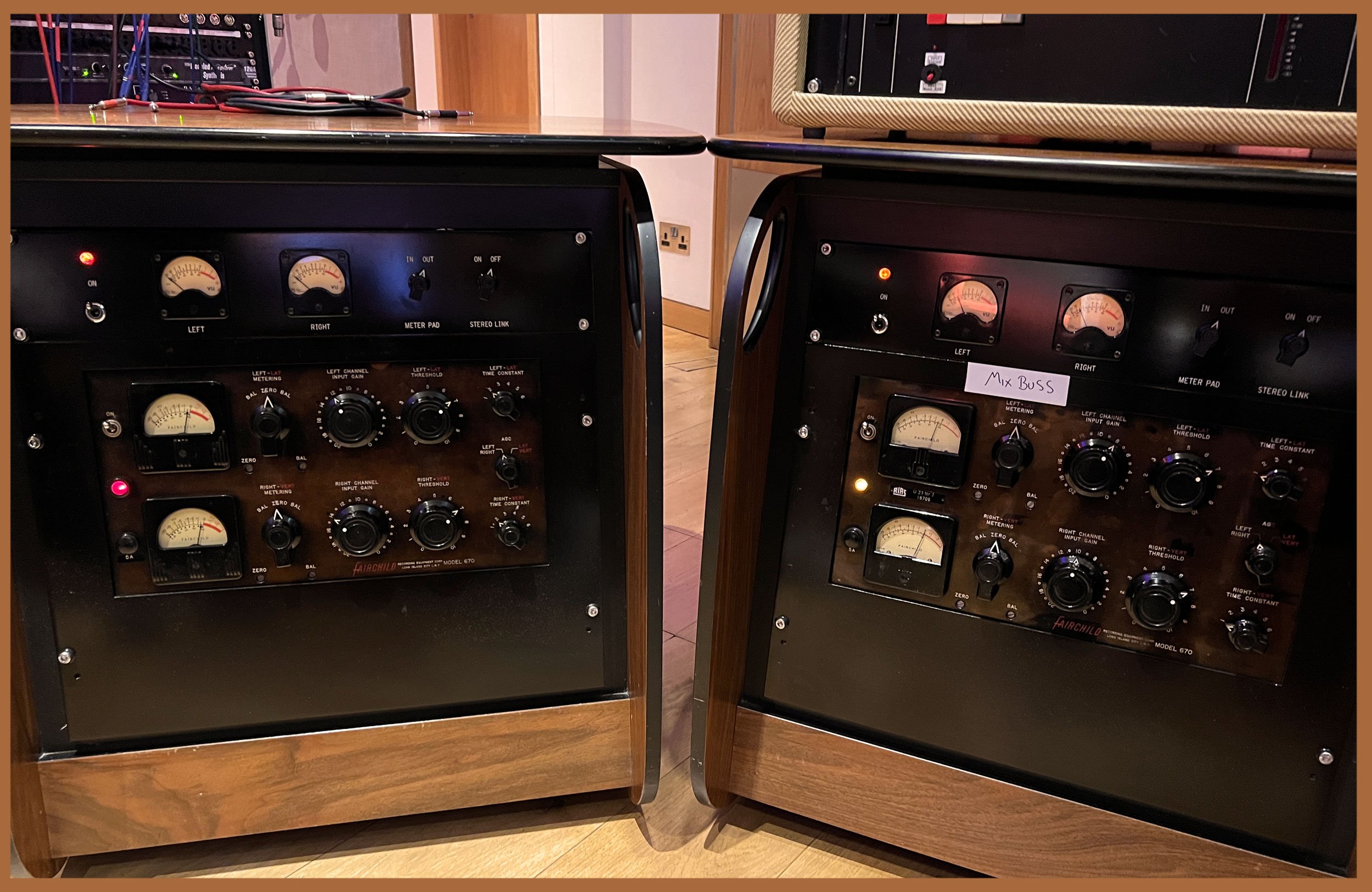
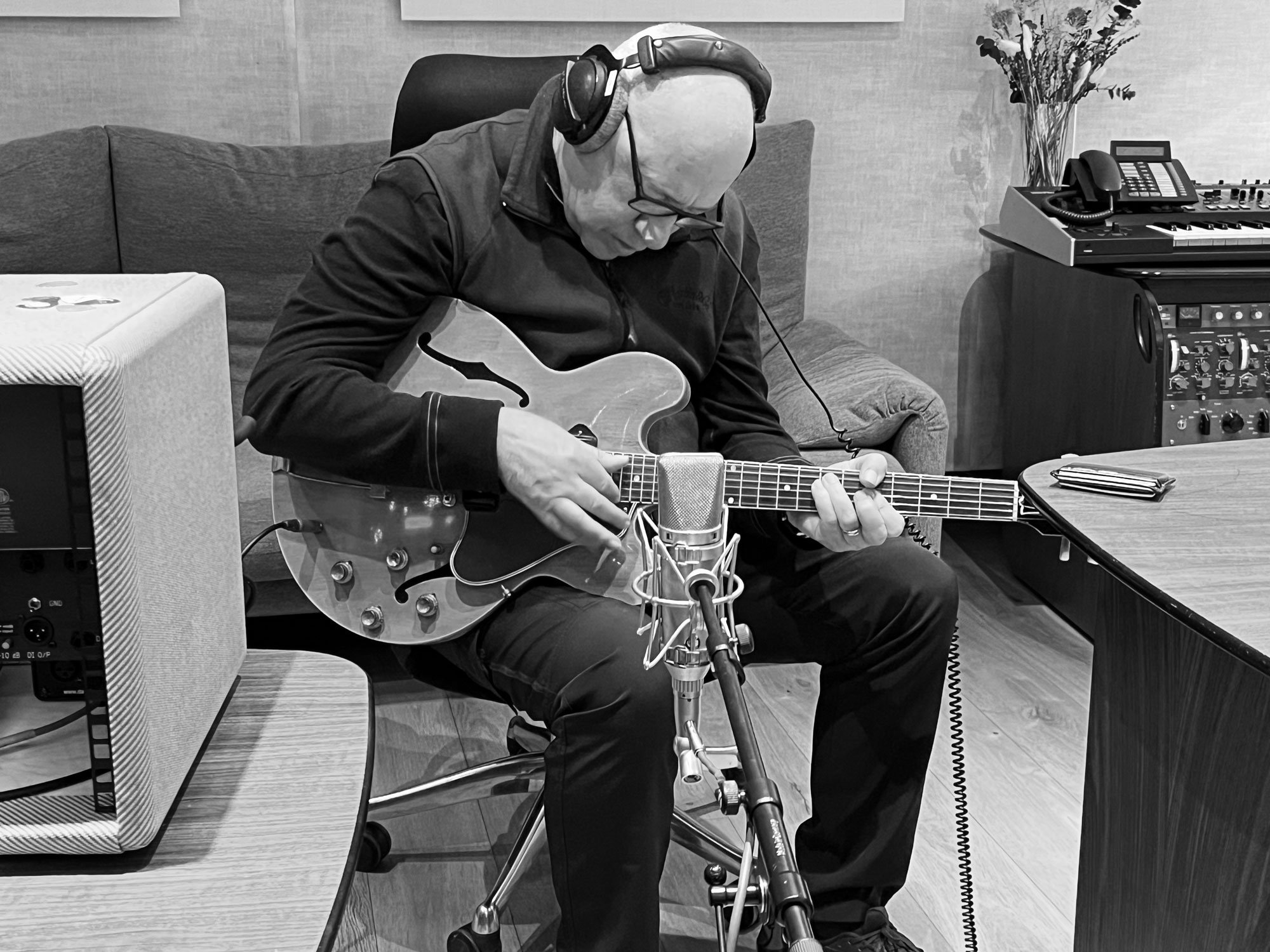
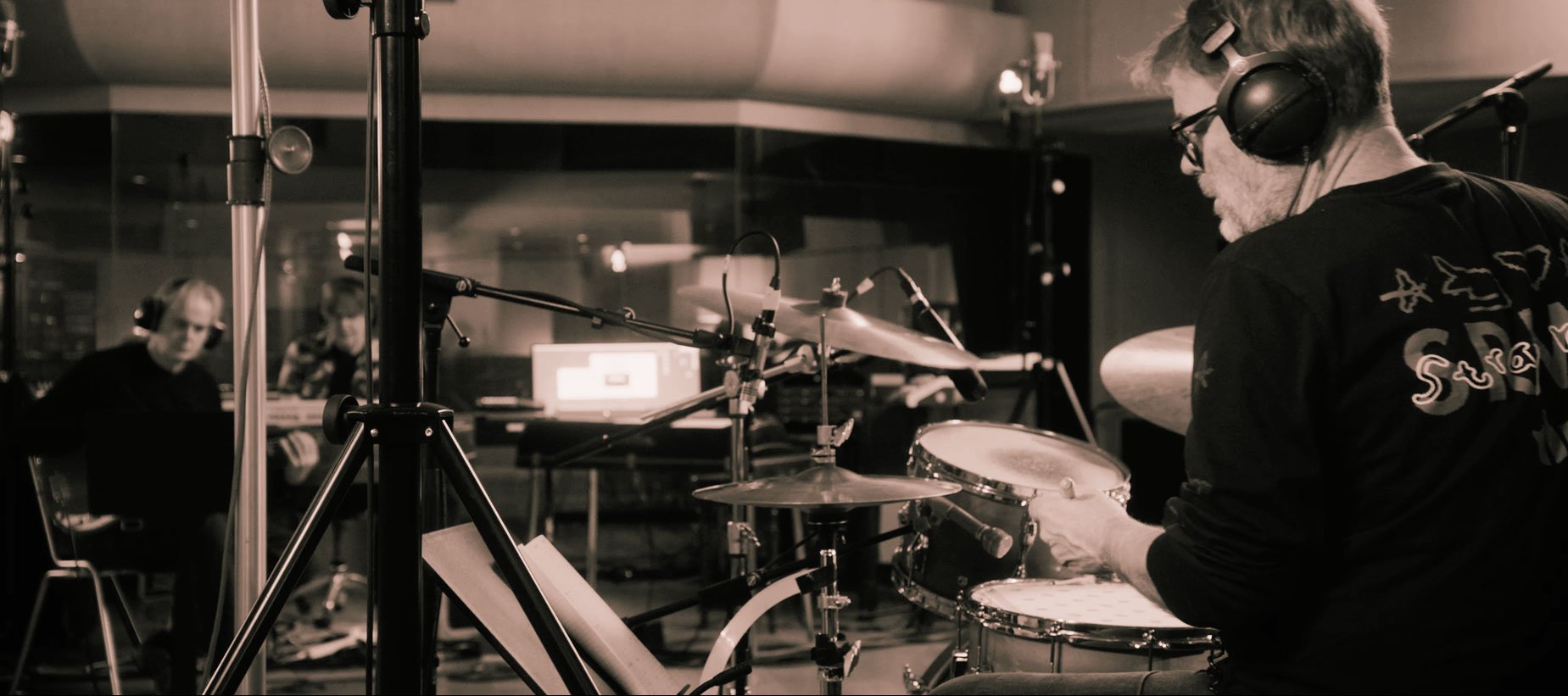
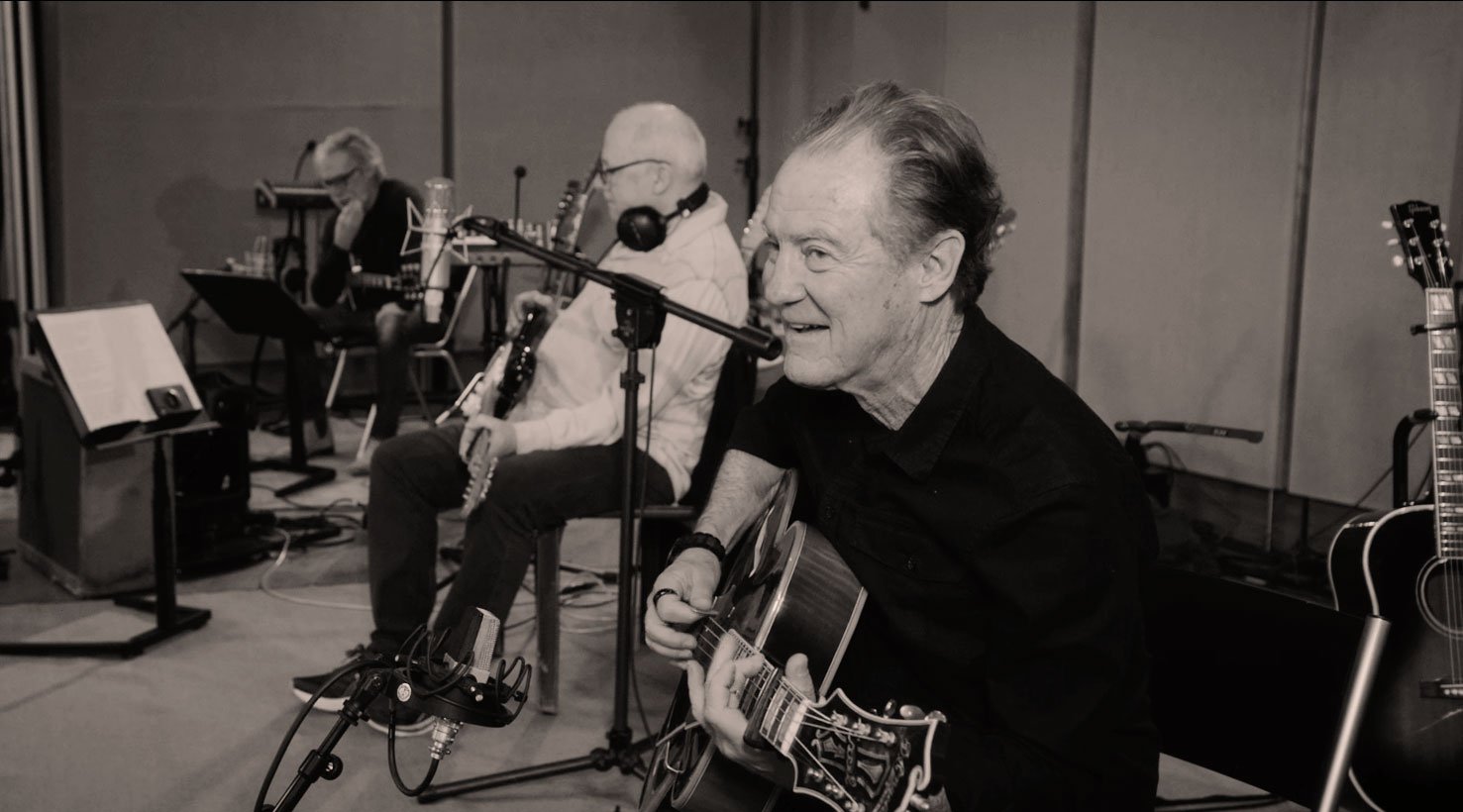
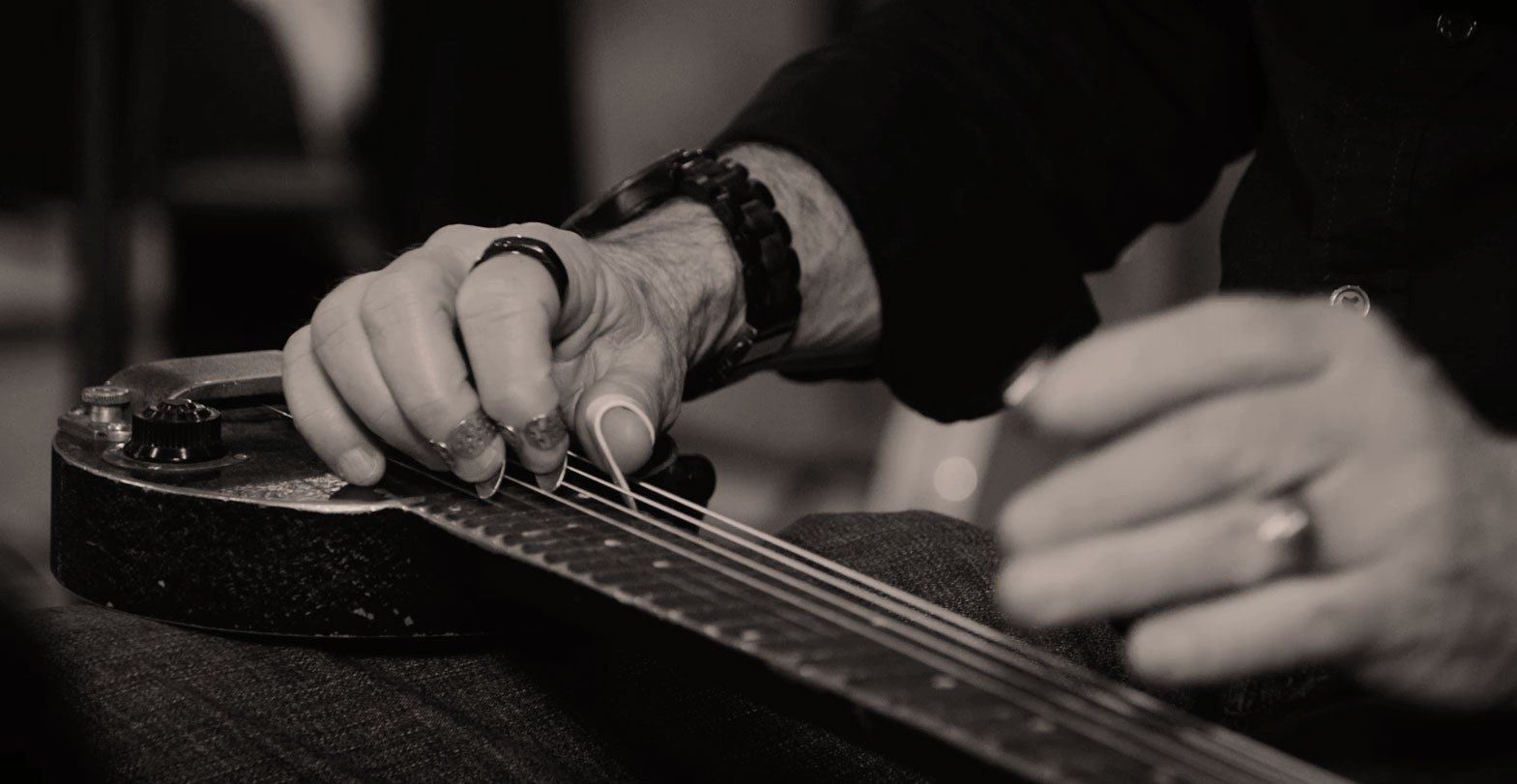
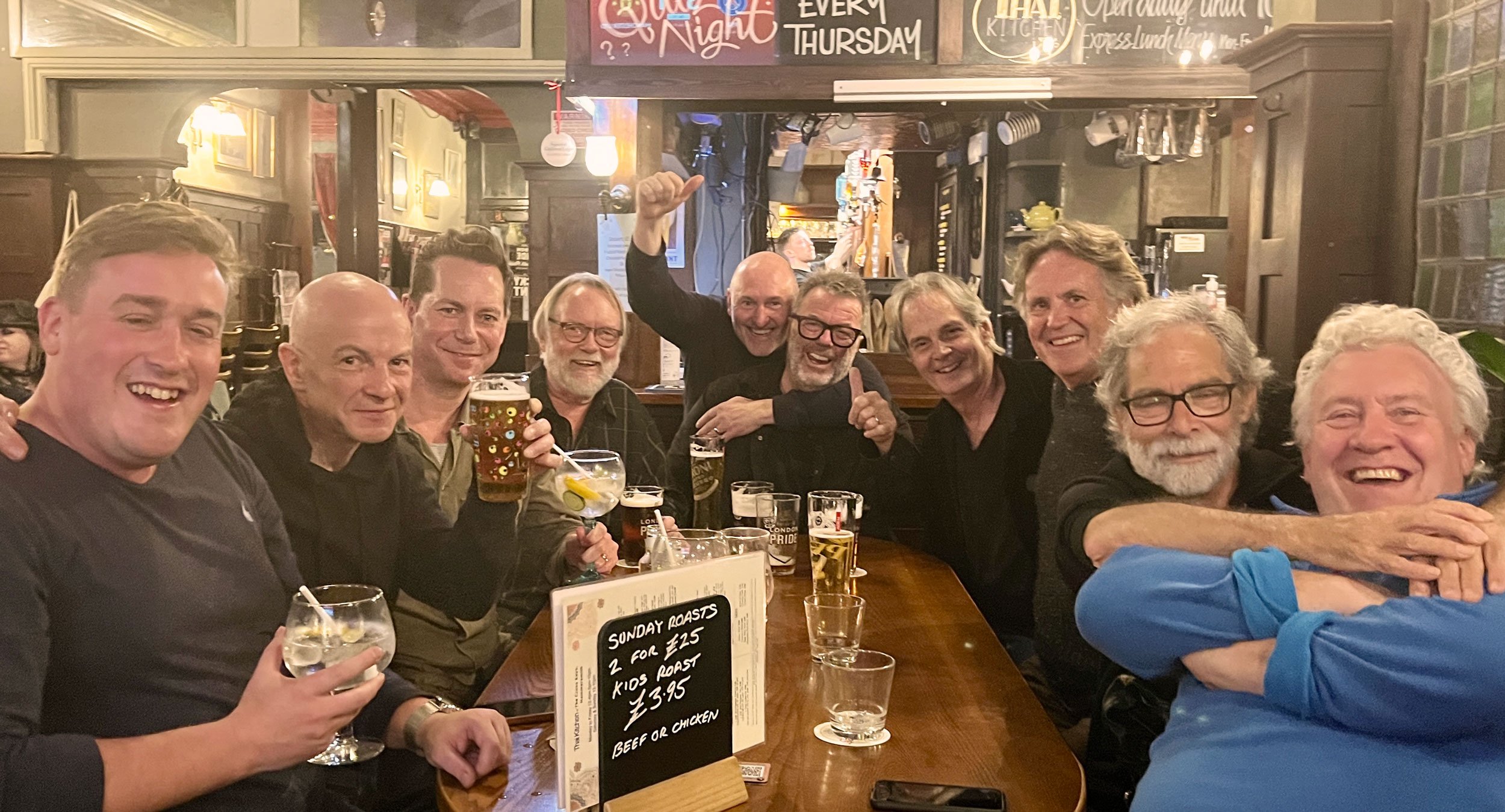
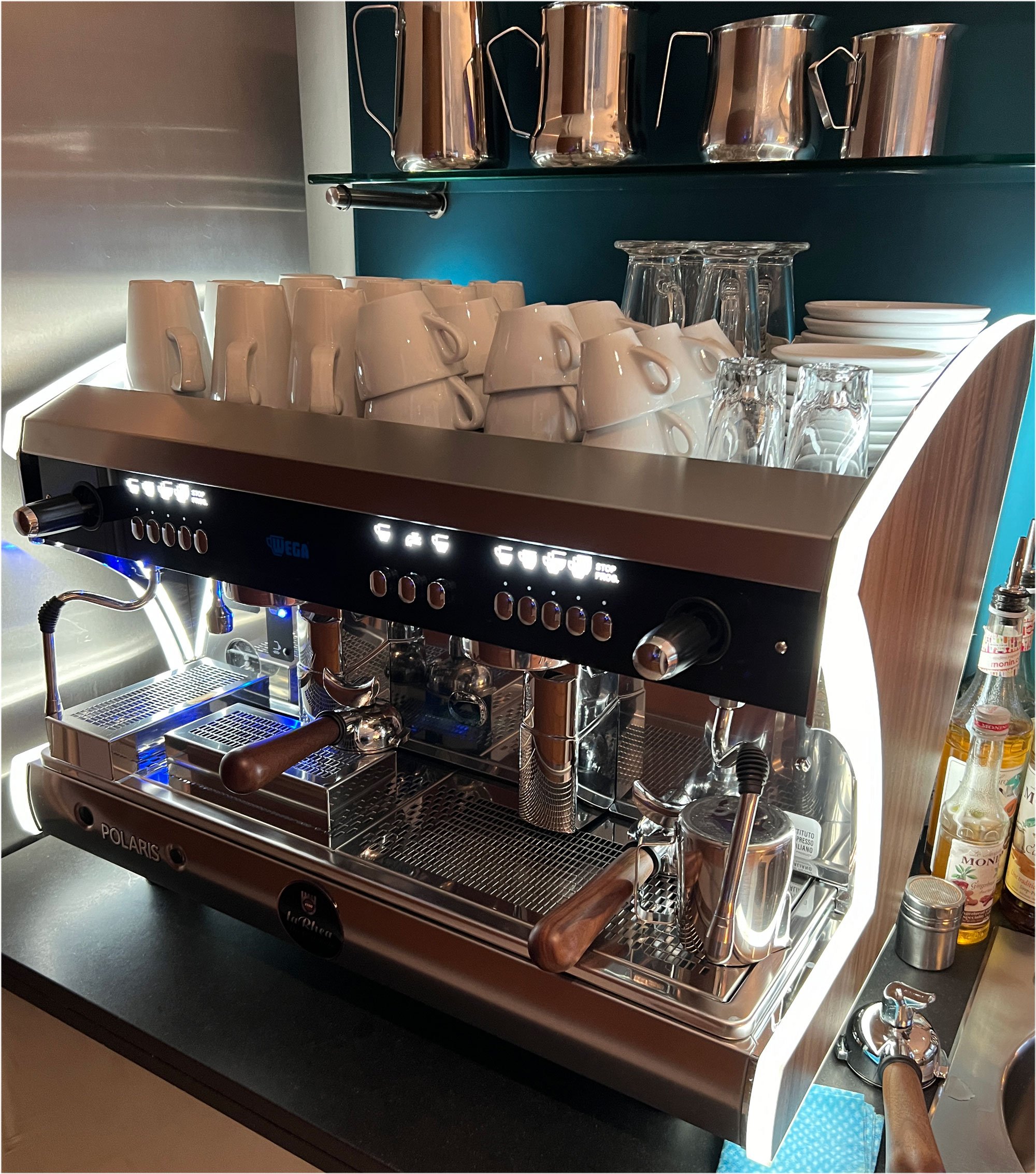
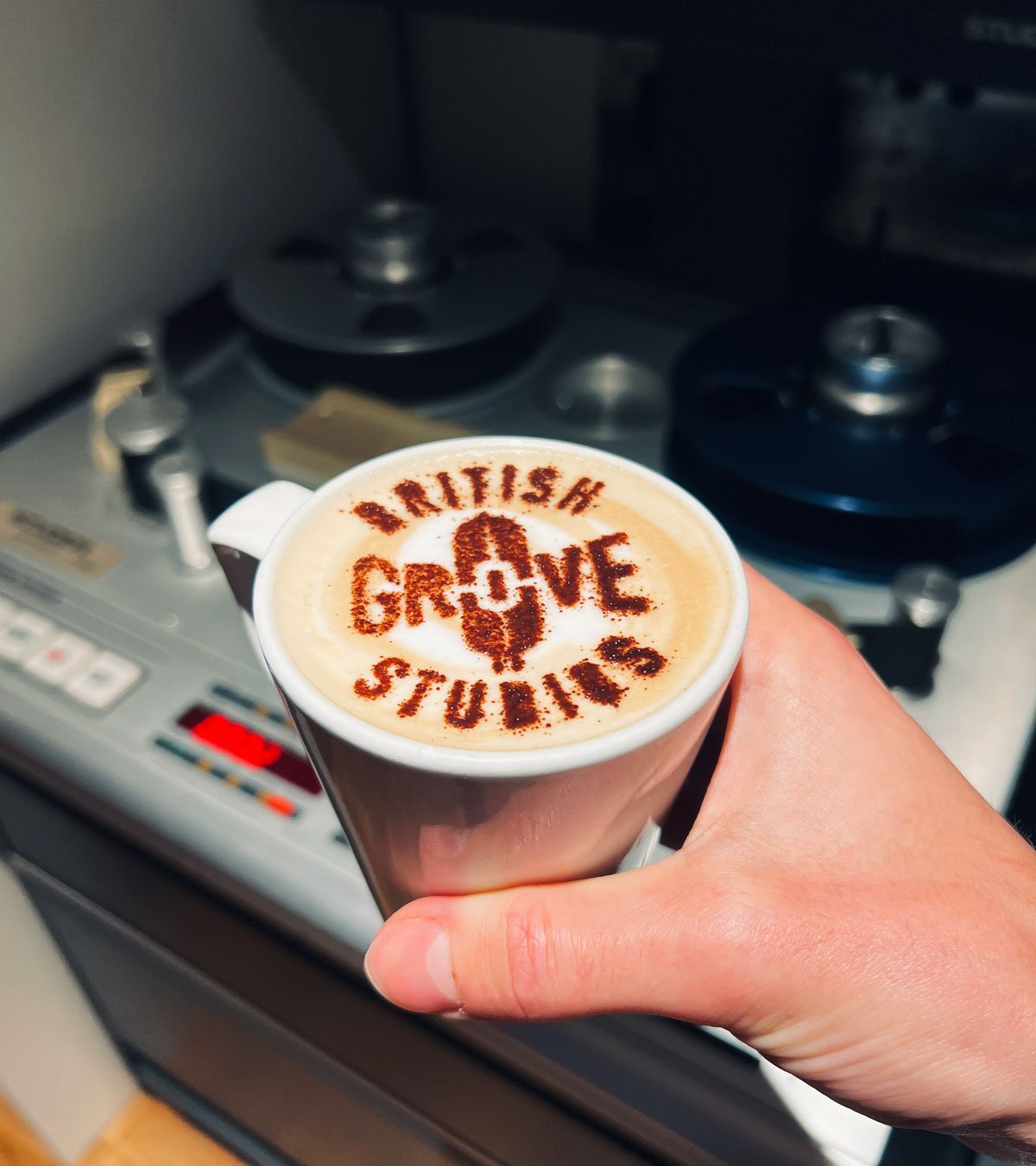
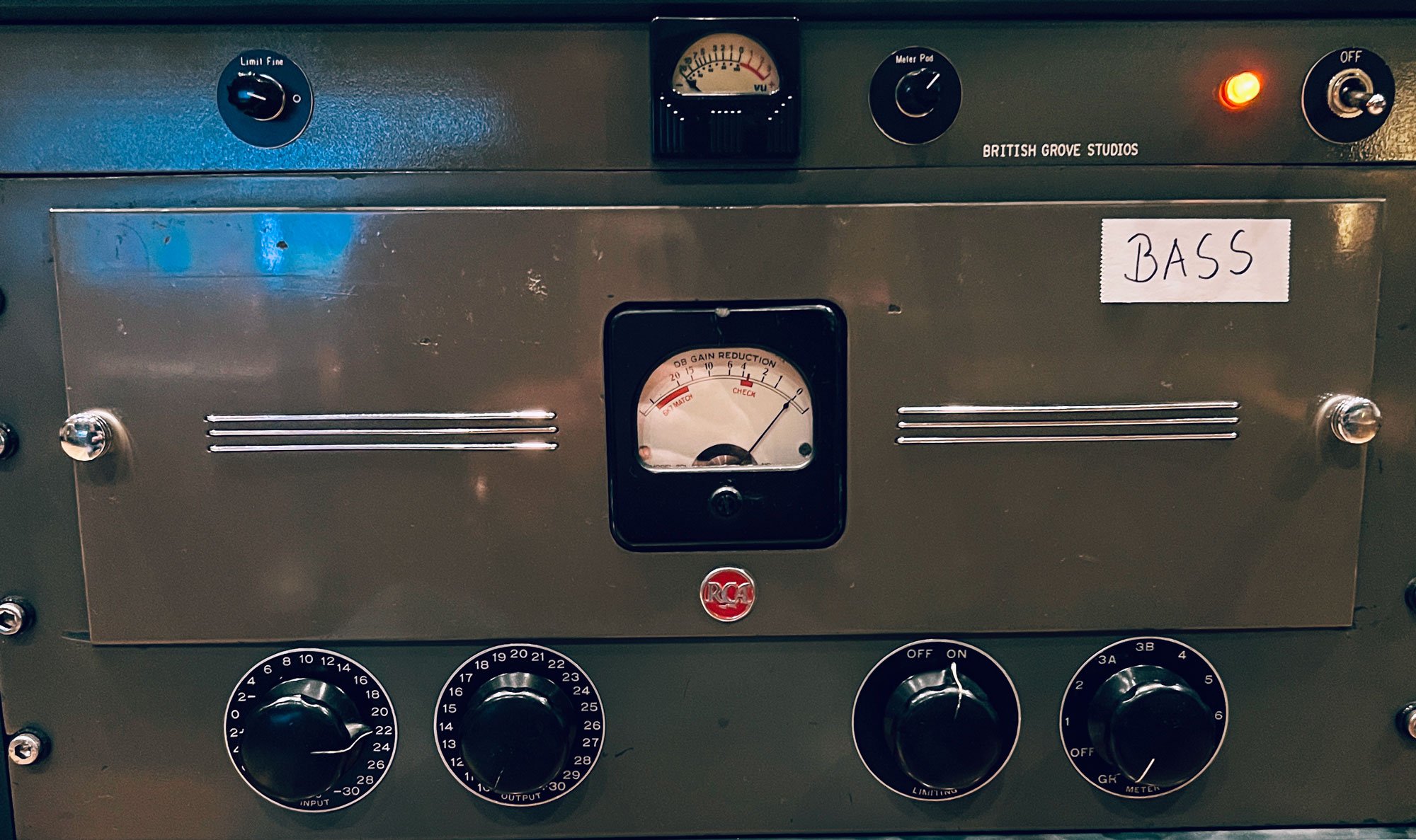
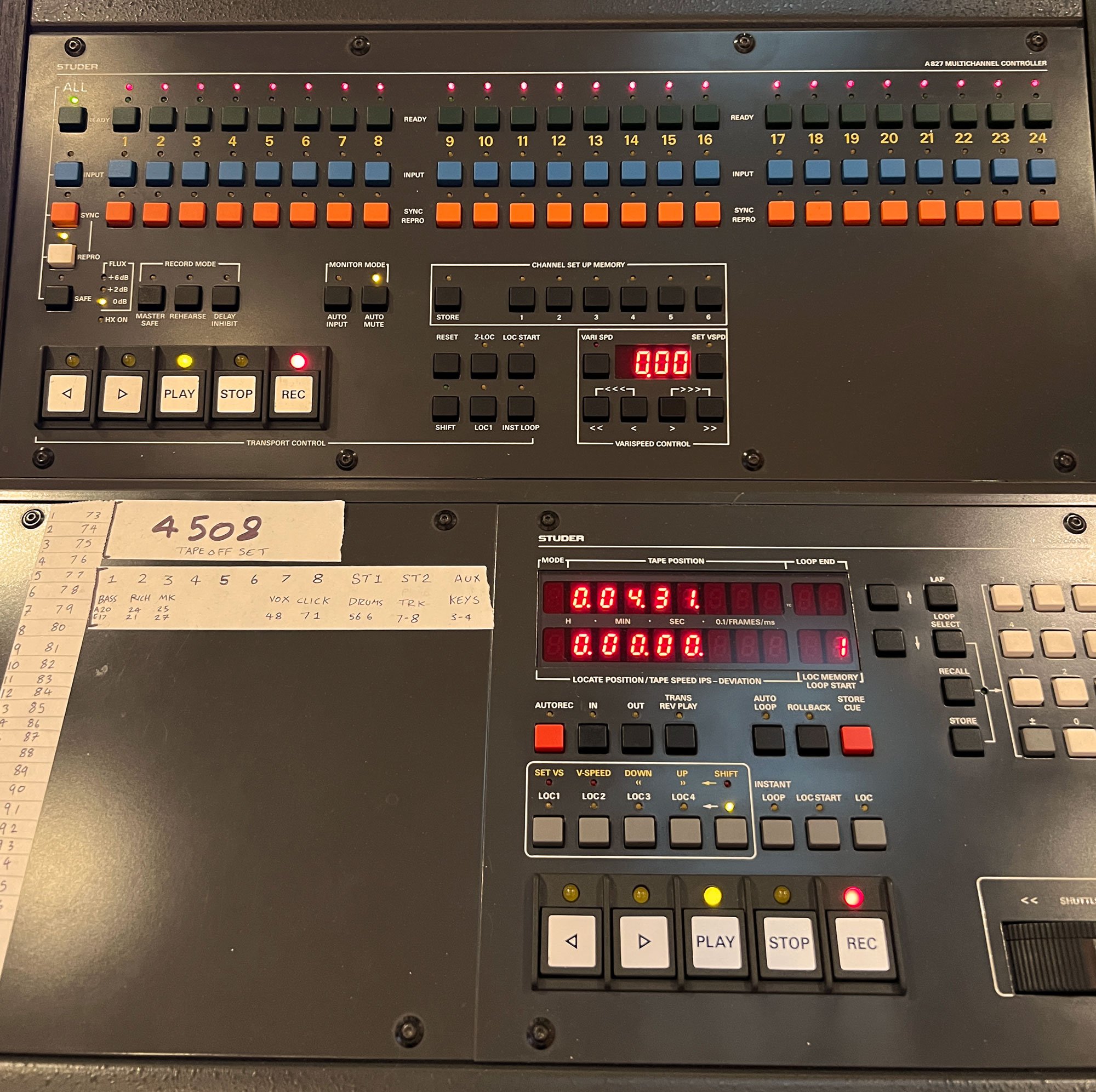
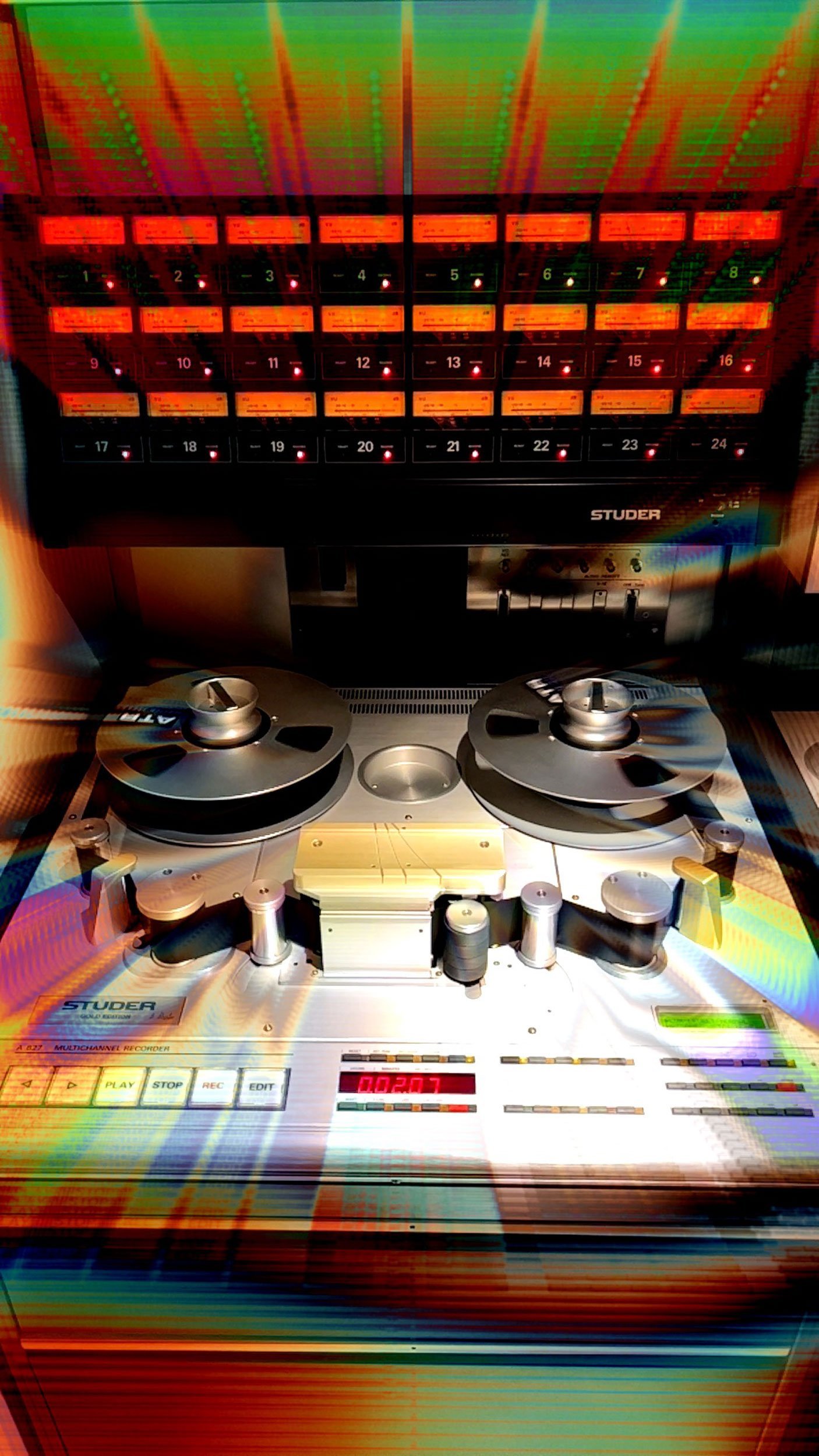
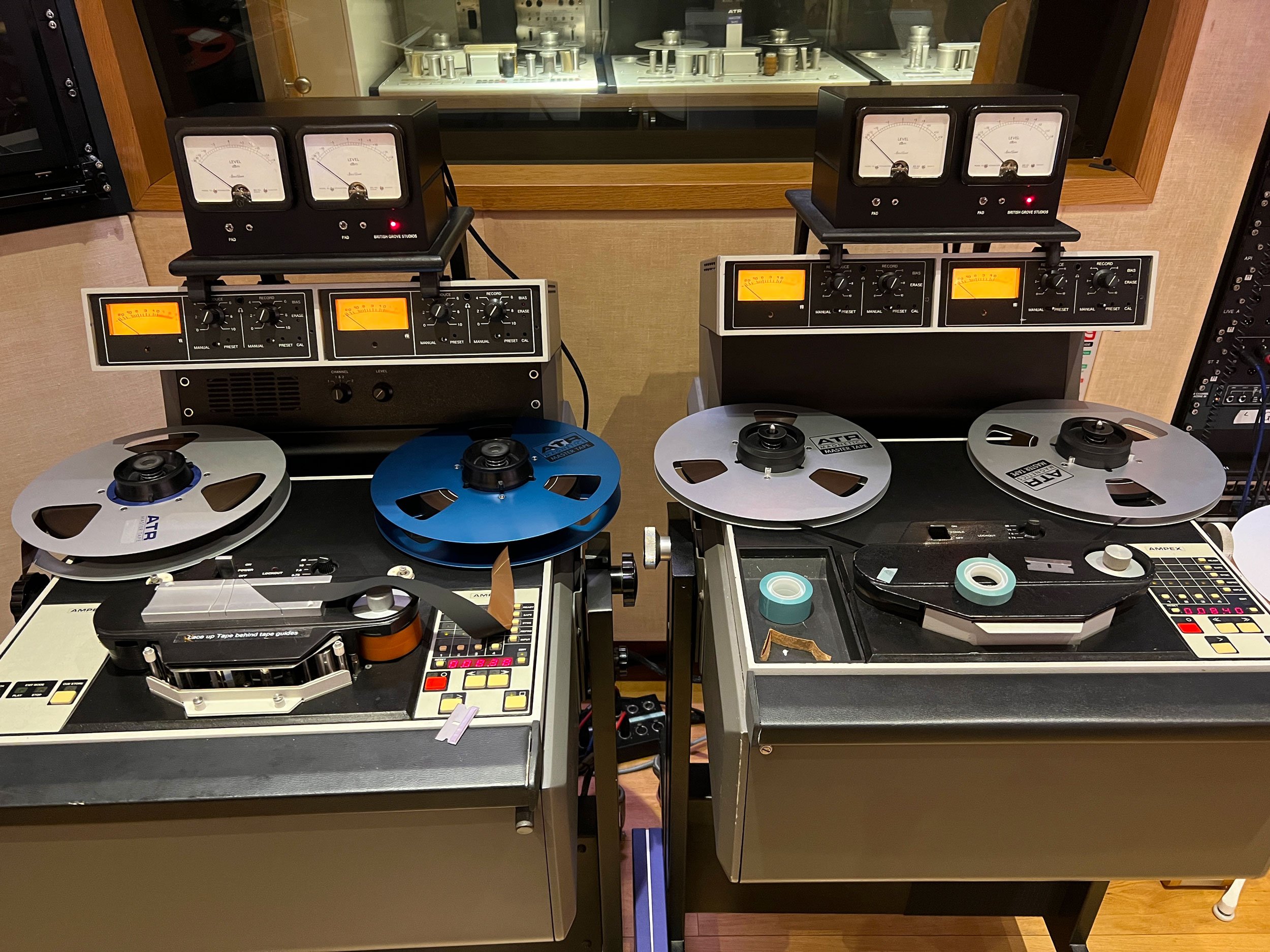
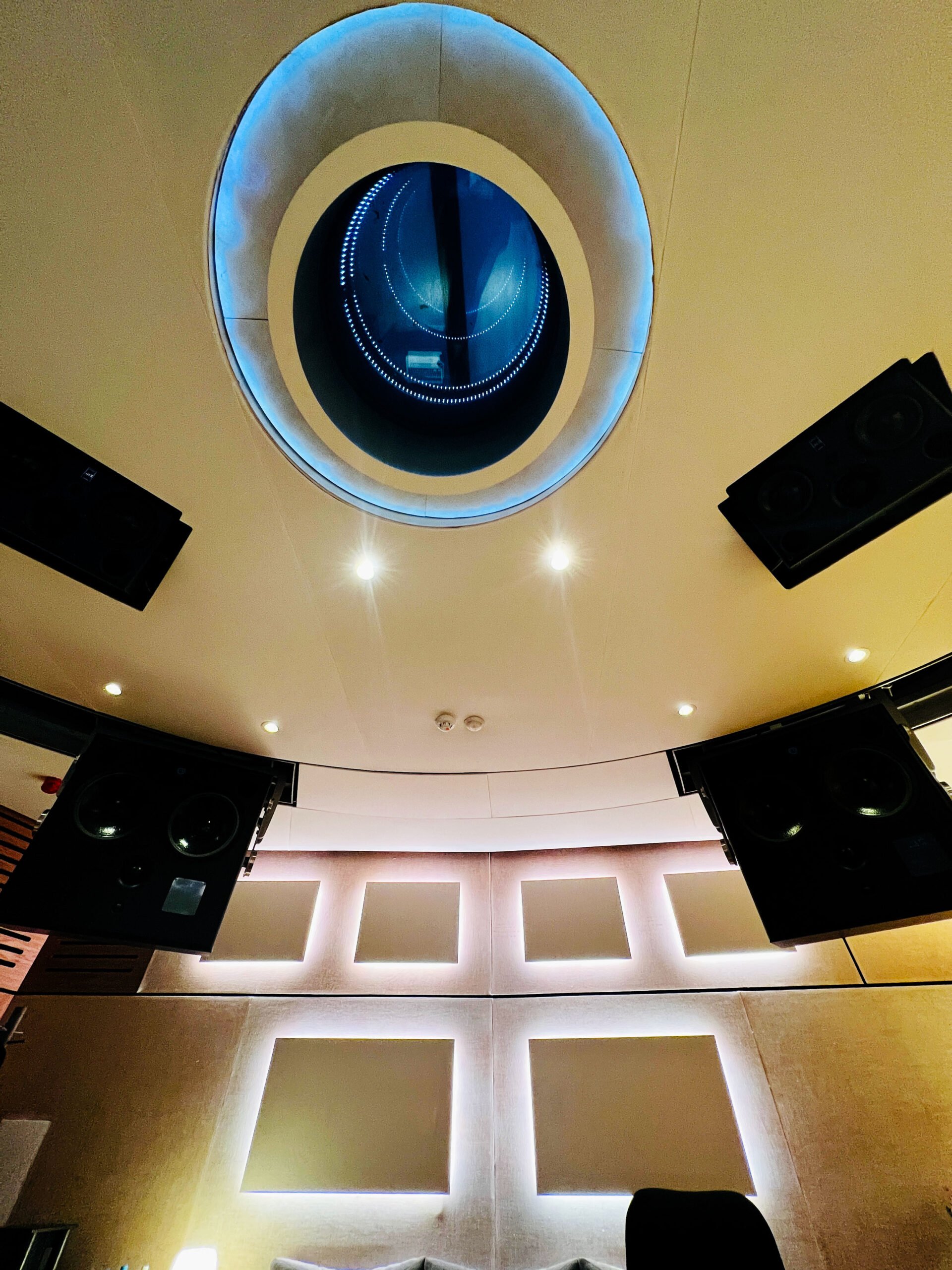
Atmos
..or Spatial as preferred by Apple, is an immersive audio format that allows listeners to experience being ‘inside’ the mix. While it has been utilized in the movie industry for some time, its adoption in the music industry has only recently gained momentum. This surge is largely driven by Apple’s efforts to promote headphone sales, leading to widespread acceptance of the format. I believe that Mark’s music and productions greatly benefit from this technology.
Having recently mixed the Money For Nothing Compilation and the Brothers In Arms albums, to me, One Deep River lent itself to Atmos’s immersive qualities, a sentiment shared by Mark. While we cherish the stereo mixes of the album, the Atmos mixes introduce a new dimension, allowing for an extraordinary level of detail in sound element separation.
Traditionally, Atmos production requires a minimum setup of 7:4:1 or 12 loudspeakers, with four positioned in the ceiling. However, currently, there are few affordable Atmos systems available to consumers, and installing ceiling speakers may not be practical for many music enthusiasts. Fortunately, this is about to change with the development of new products that promise to bring affordable, high-quality, true Atmos sound directly to consumers without the need for complex speaker setups. More on this development soon..
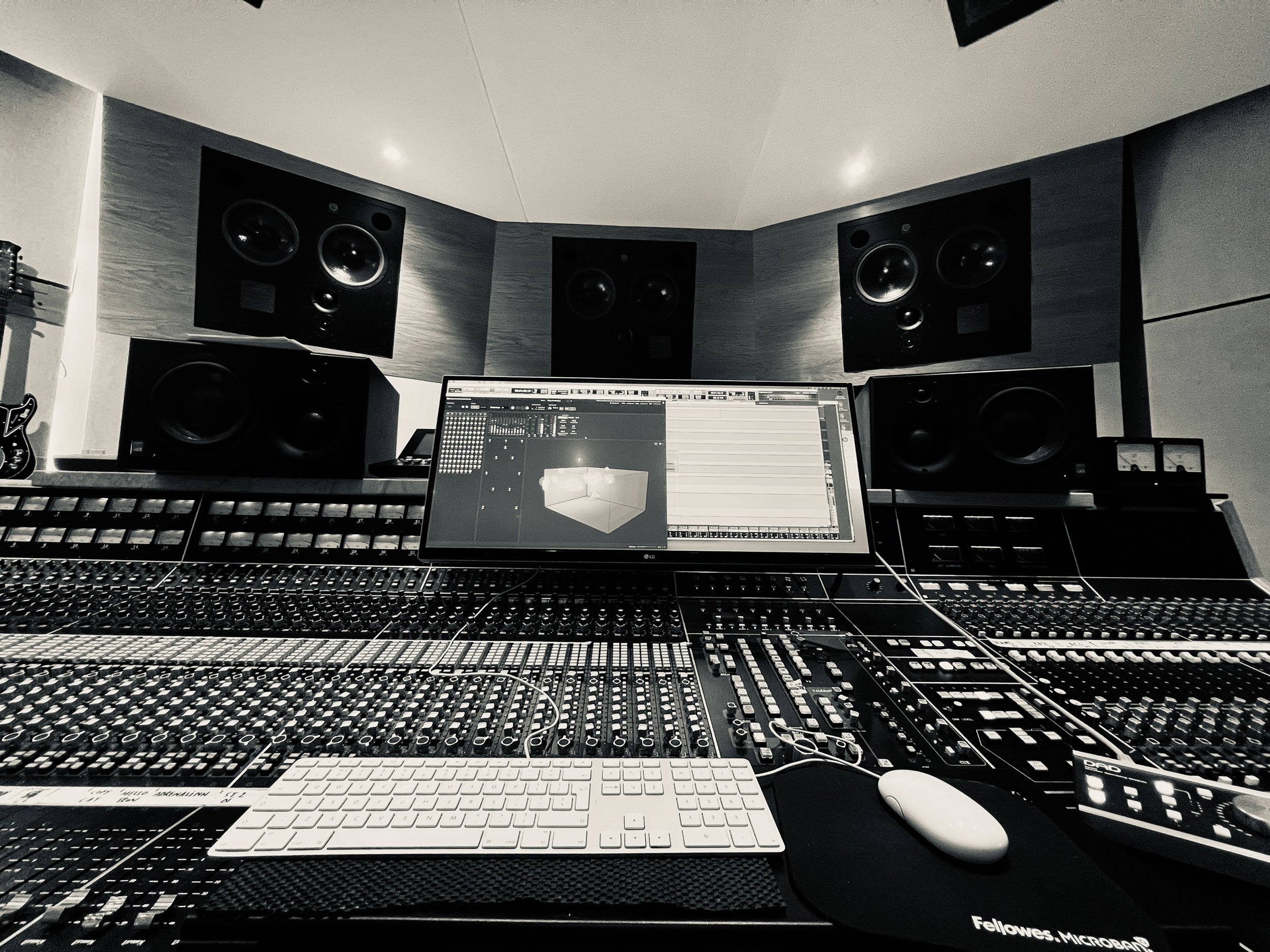
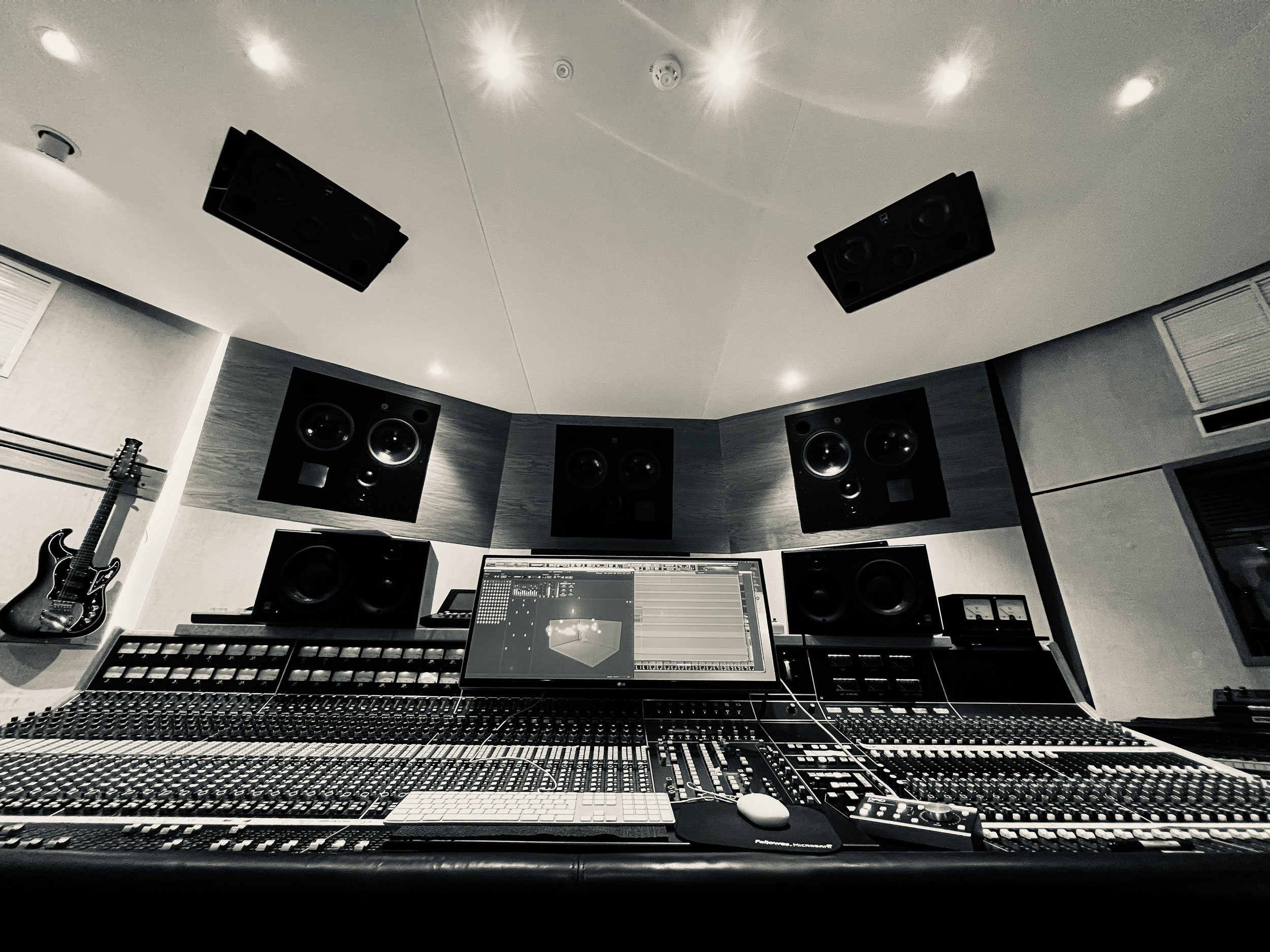
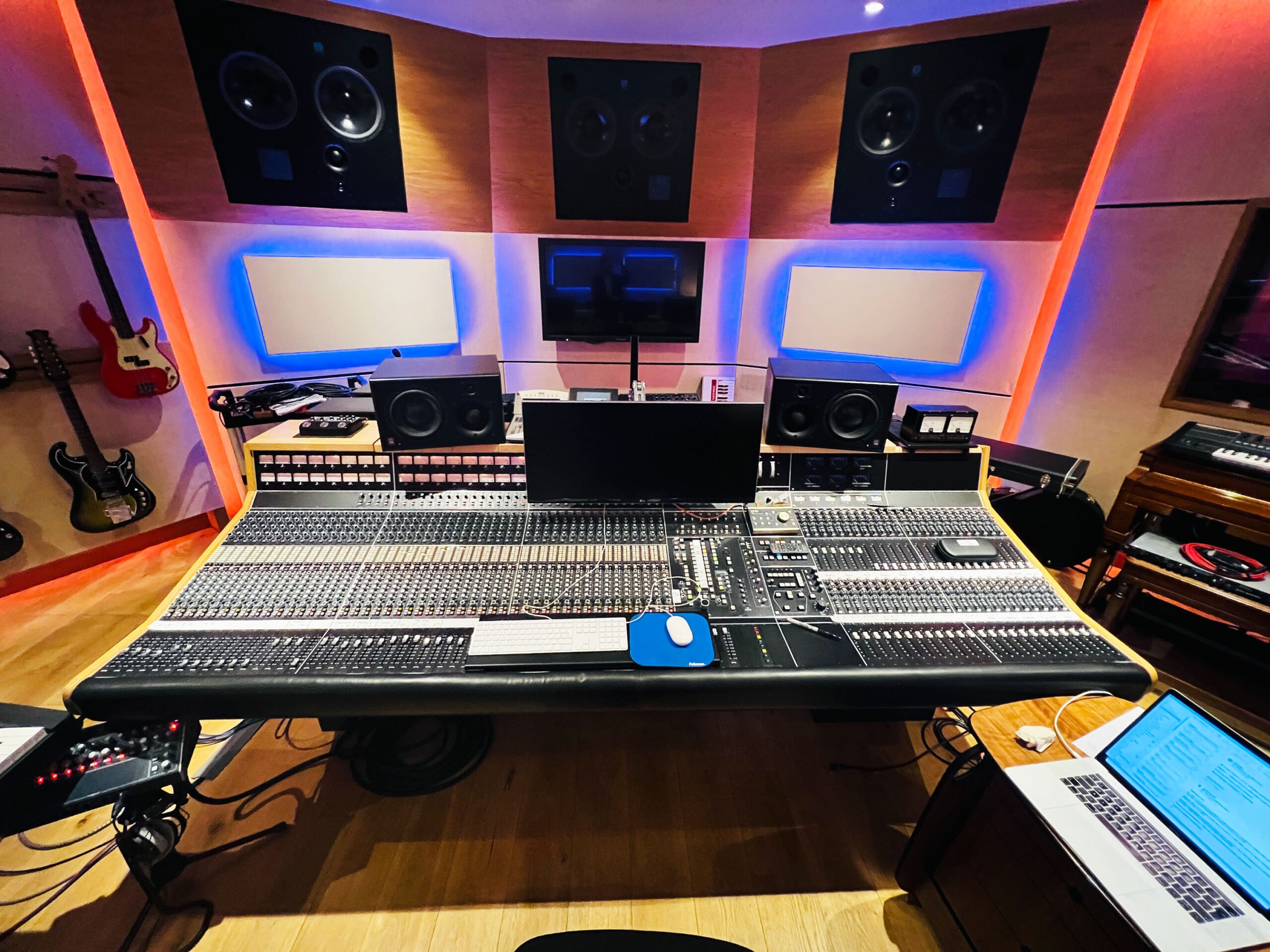
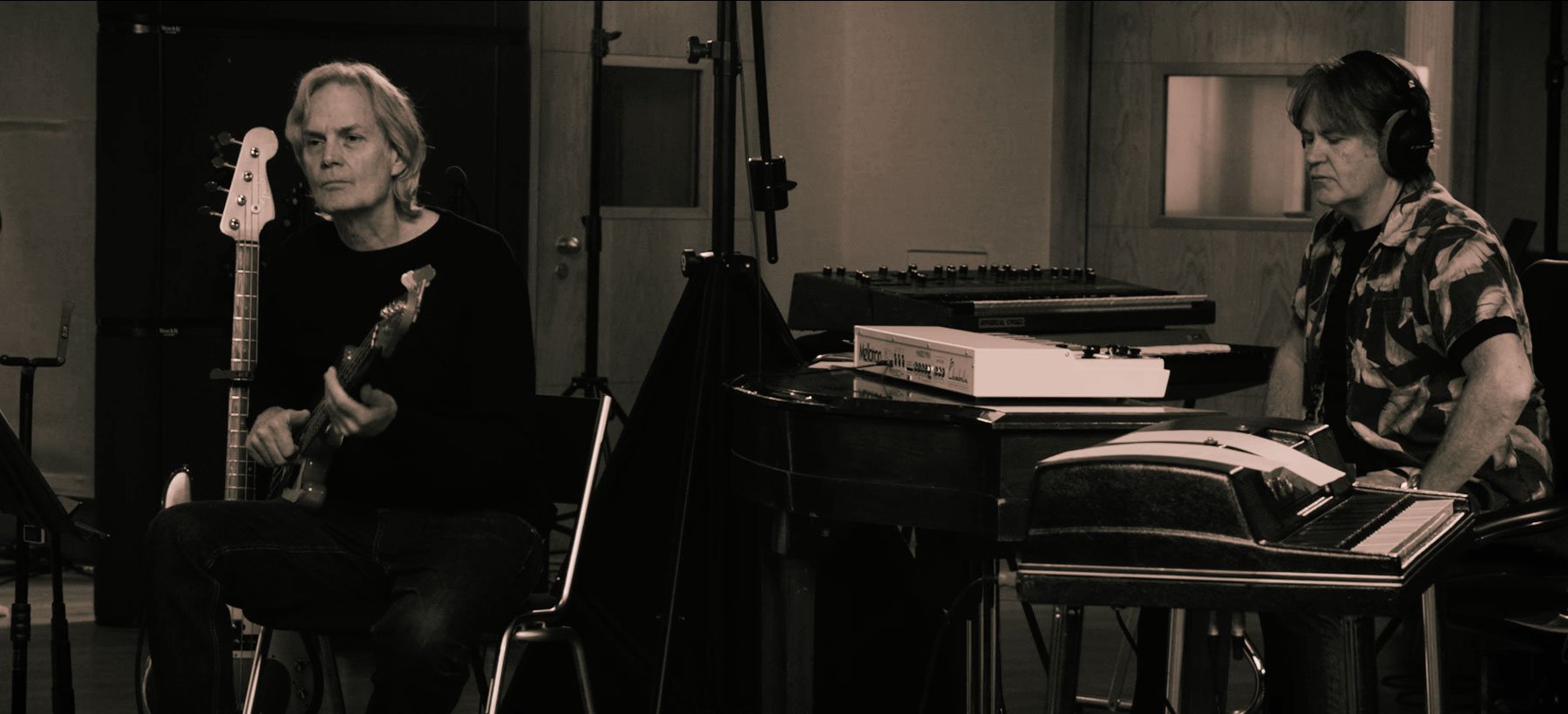
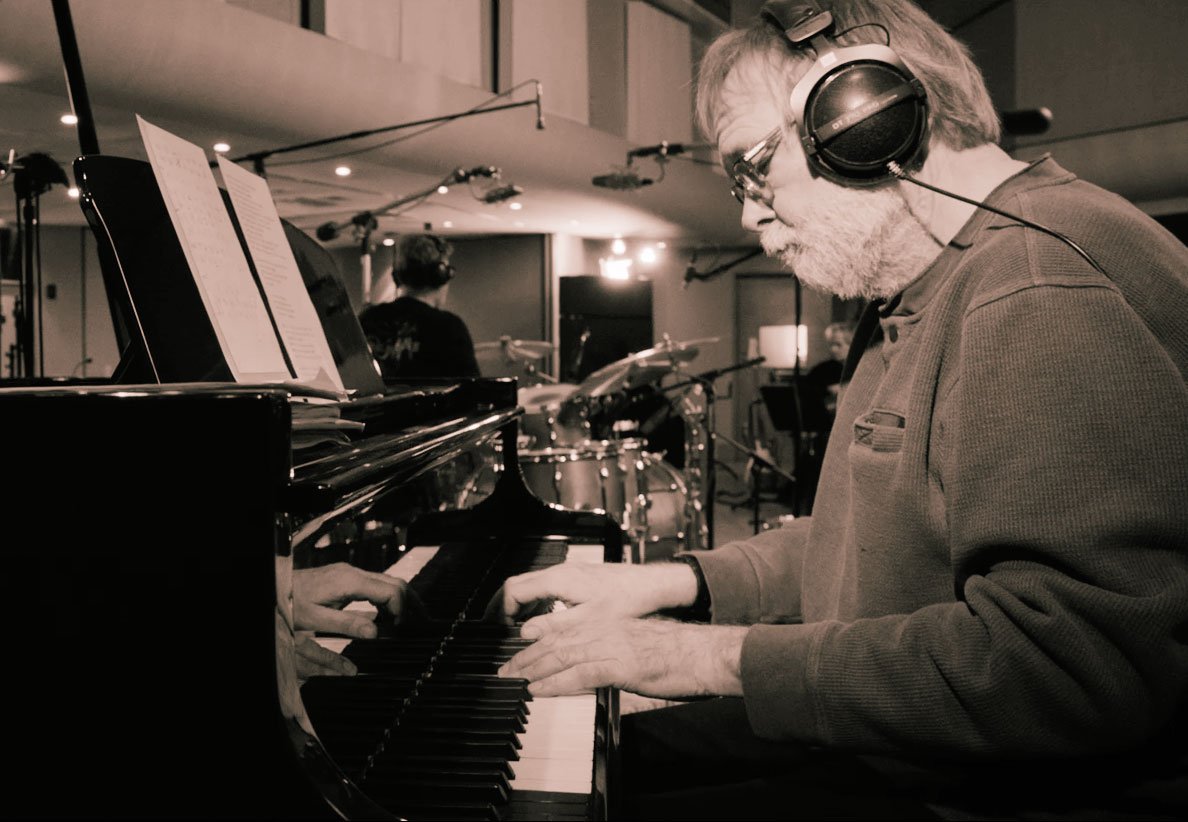
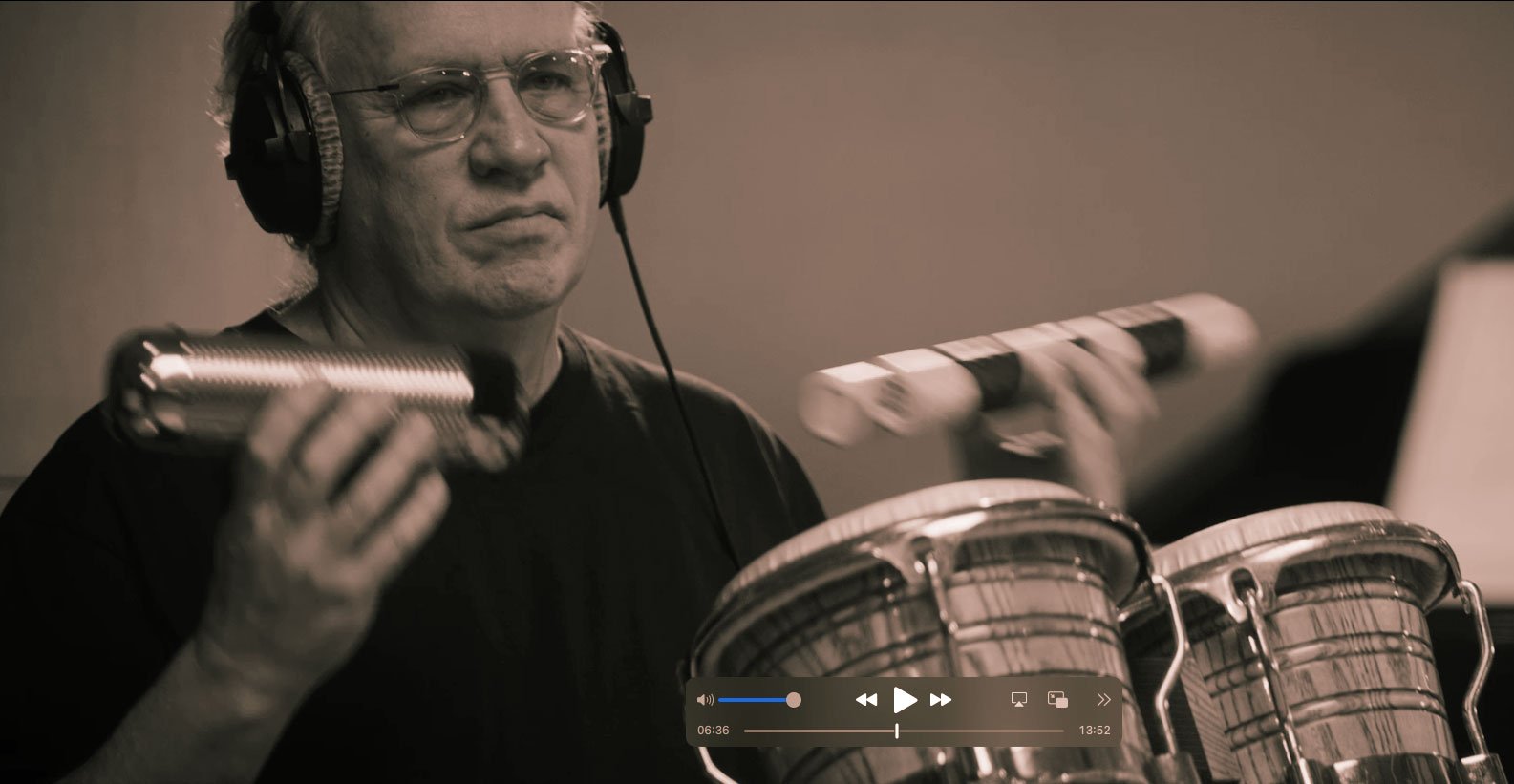
The truth about TAPE
I have been asked recently, many times to explain our usage of recording tape. With tape prices being what they are and the thought of multiple reels of multitrack tape blocking the entrances to the studio, we utilise tape in a more streamlined and cost-effective way.
When we are tracking (recording live, as a band), we use a Studer A827 or A800 24 track, and the rhythm section, treated as royalty, is recorded onto the tape as well as directly into ProTools digitally (at 96k 24-bit). The send from the repro head is ALSO recorded by ProTools so we have two copies of the rhythm section: one analog and one digital. Once the take is complete, my assistant will shift the recorded analog by a specific amount to compensate for the head gap, so that we can listen back to the analog (the digital is purely a safety – although sometimes I choose to use elements of the digital where the noise floor is problematic). The rest of the band is recorded digitally for now, and when we finish working on each individual element, I will record that onto tape and back as well. The result is a completely analog recording with digital safety copies. It also means, and here’s the clever bit, we can re-use the tape and a reel can last for weeks. Cost-effective and no doorways blocked (by boxes and boxes of 2” tape). Occasionally, I will go back to the digital to maybe improve the noise floor (the level at which unwanted hiss or noise can be heard).
When we mix, we record to TWO, sometimes THREE Ampex ATR100’s. The almost obscene luxury of British Grove means we can record to One inch, Half inch, Quarter inch and choose the best-sounding format for the final master, and trust me, they DO sound different. Such extravagance is almost unheard of, but we believe it matters. The tapes we use for mixing are archived as these remain the ‘actual’ masters even though we no longer actually ship them to the States for mastering. We used to, but it took so long and was very expensive, as well as introducing error potential due to multiple playback machines being required in the mastering room. I mean who has a One Inch Two-track? The chosen format is then converted to 192/24 using Prism A to D’s (which we still use for most conversion tasks) and used as the mix master. It is then sent digitally to mastering.
The shock of learning that Bob had retired, on the very day we finished mixing, led us to embark on a mission. One in which Bob would agree to come out of retirement, JUST for this album! Bob didn’t take too much persuading and agreed to temporarily come back to work – for us! Truly an honour. After the job was done, we received a lovely note from Bob thanking us for making him do it as he enjoyed the album so much. We will certainly all miss you Bob, have a happy retirement.
A note about the Studer A827 we use: The studio managed to find a particular example of the last analog machine that Studer made. In fact, this actual machine was the very last off the production line. It had almost zero hours on it (pro audio equivalent of mileage) and is surely the pinnacle of analog technology.”
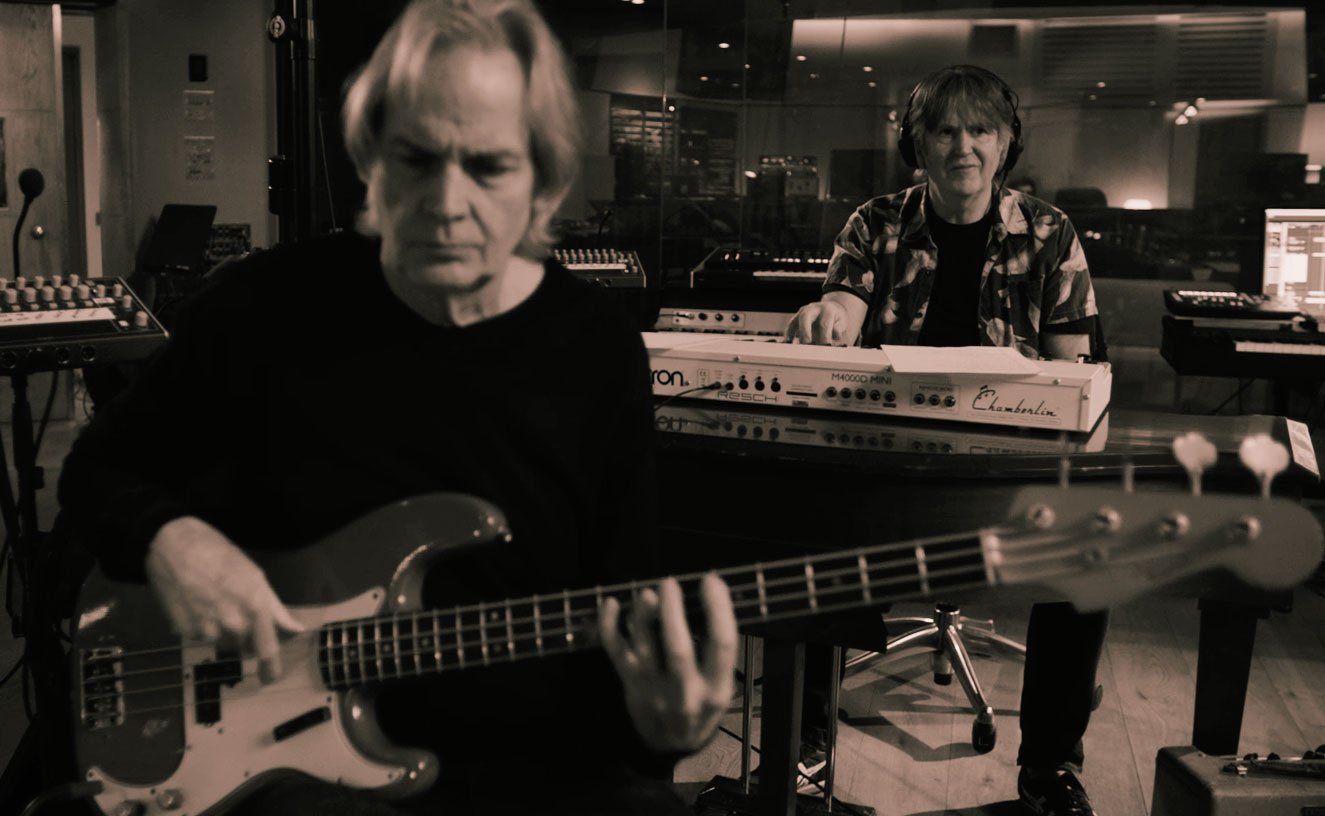
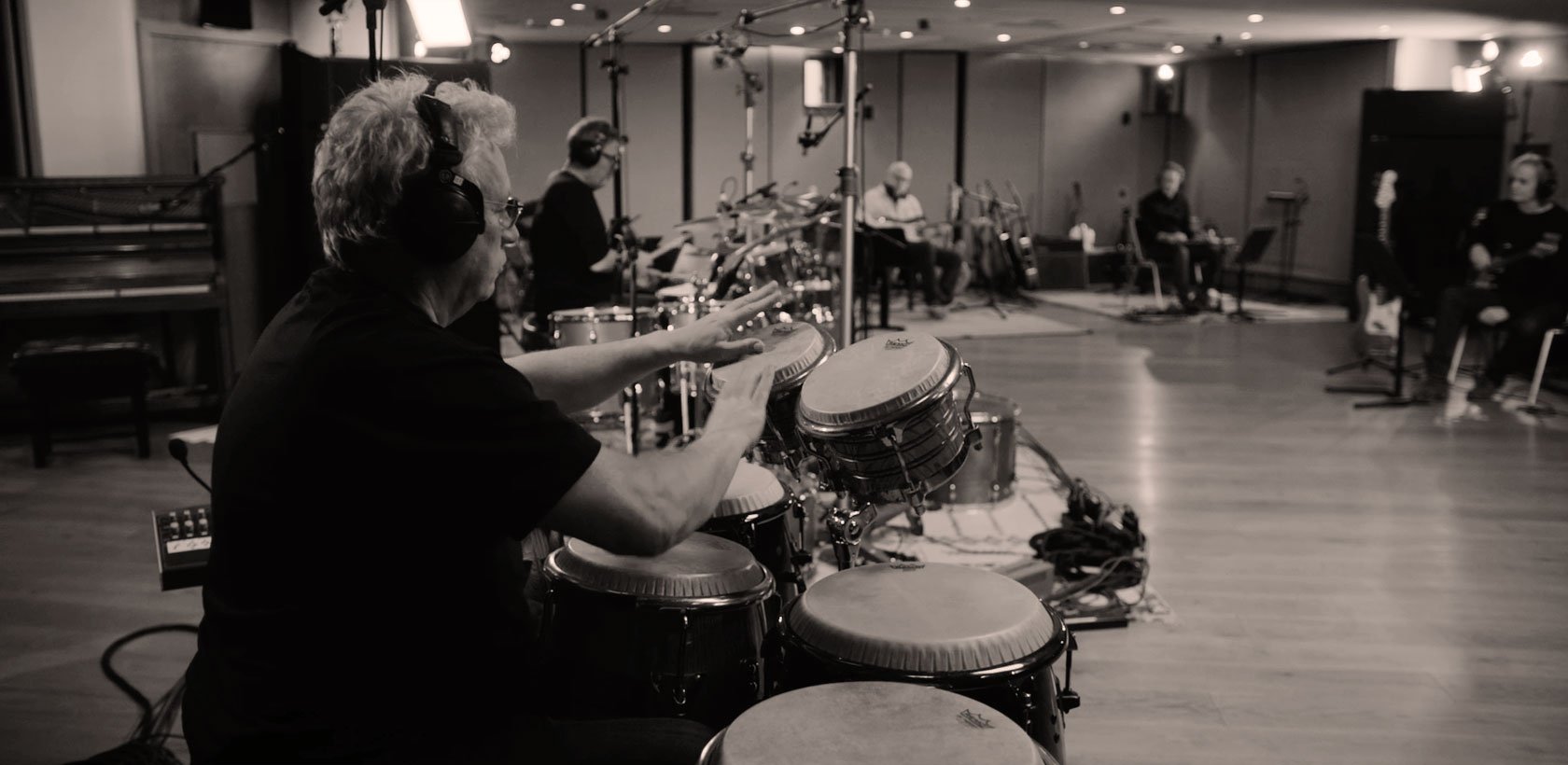
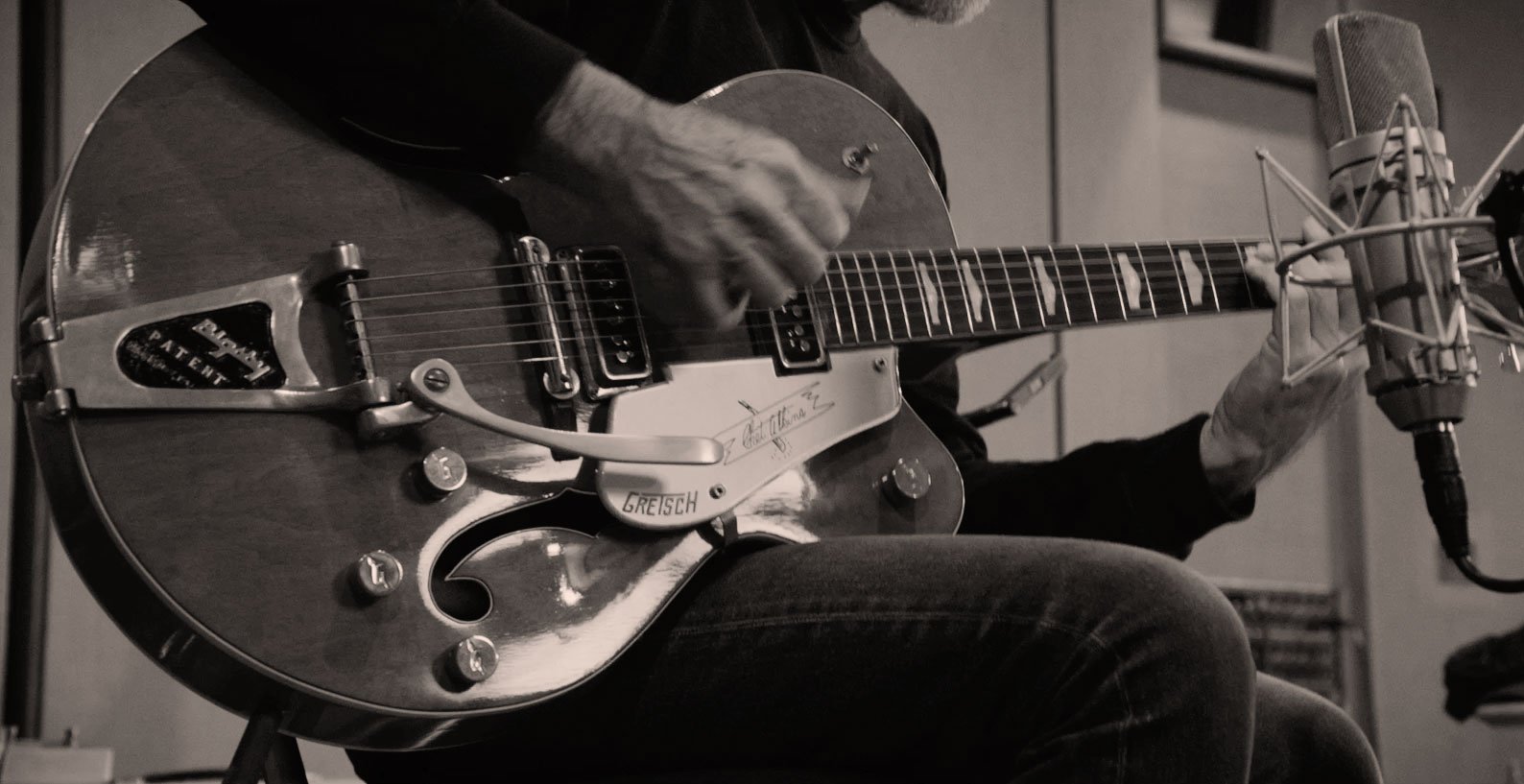
So, there we have it, a typically varied collection of songs that eloquently showcases not only Mark’s stature as a songwriting force but also this band’s extraordinary fluency and mastery across diverse musical landscapes. As with all of Mark’s albums, there are hidden gems, elements, and meanings that are born before our eyes during these sessions, often without the band’s immediate realisation. Maybe you will hear things before we did. I hope you enjoy the journey as much as we have.
